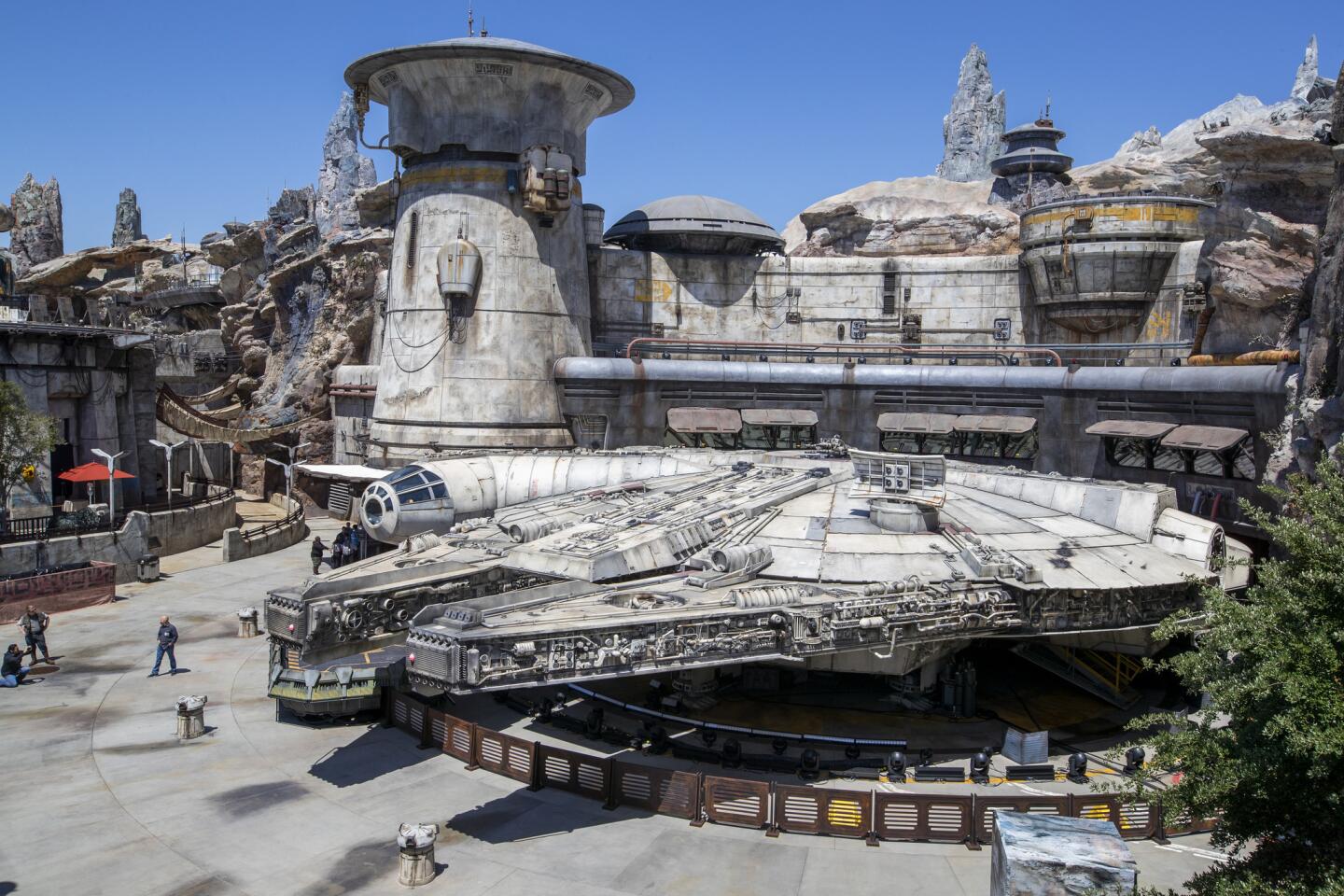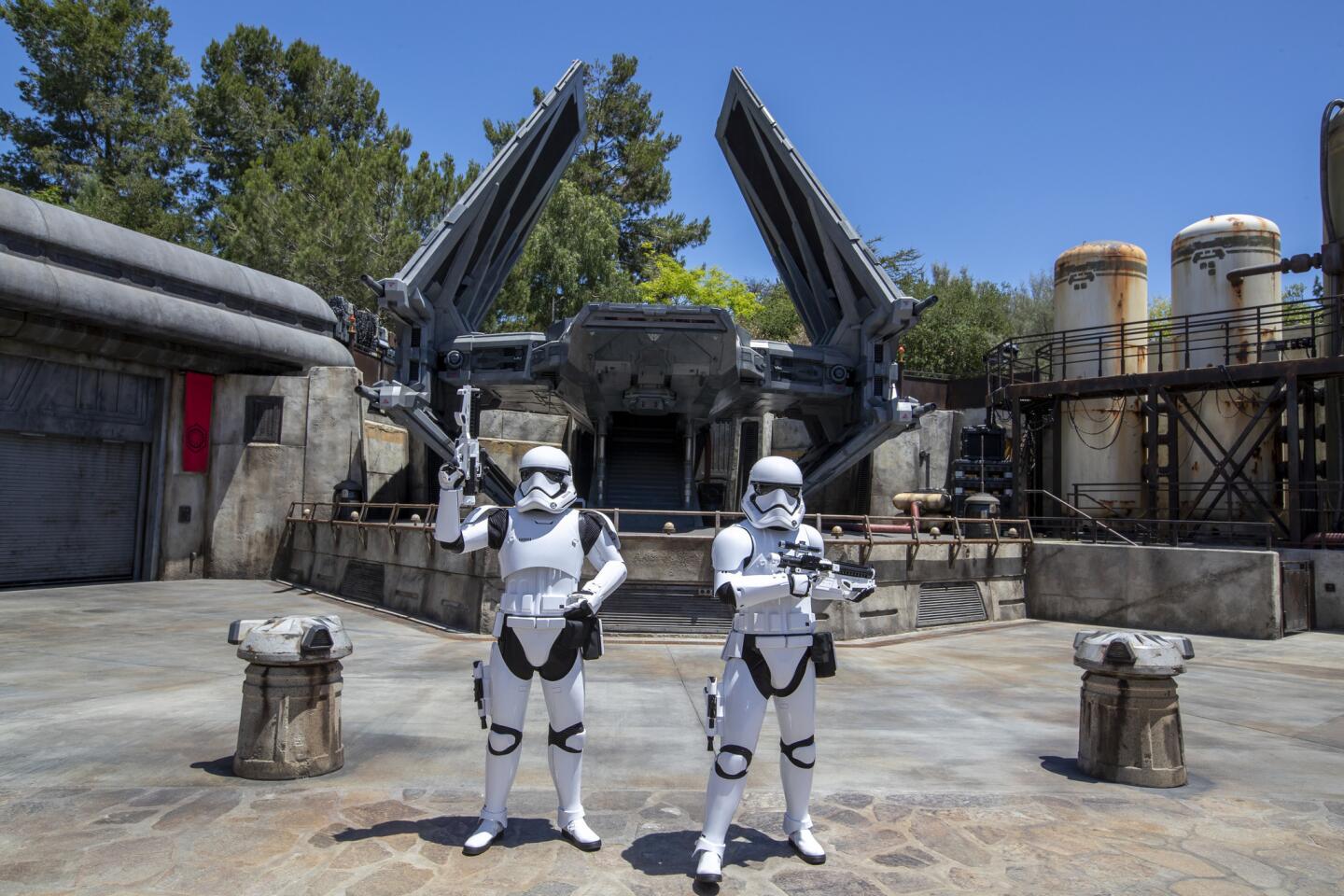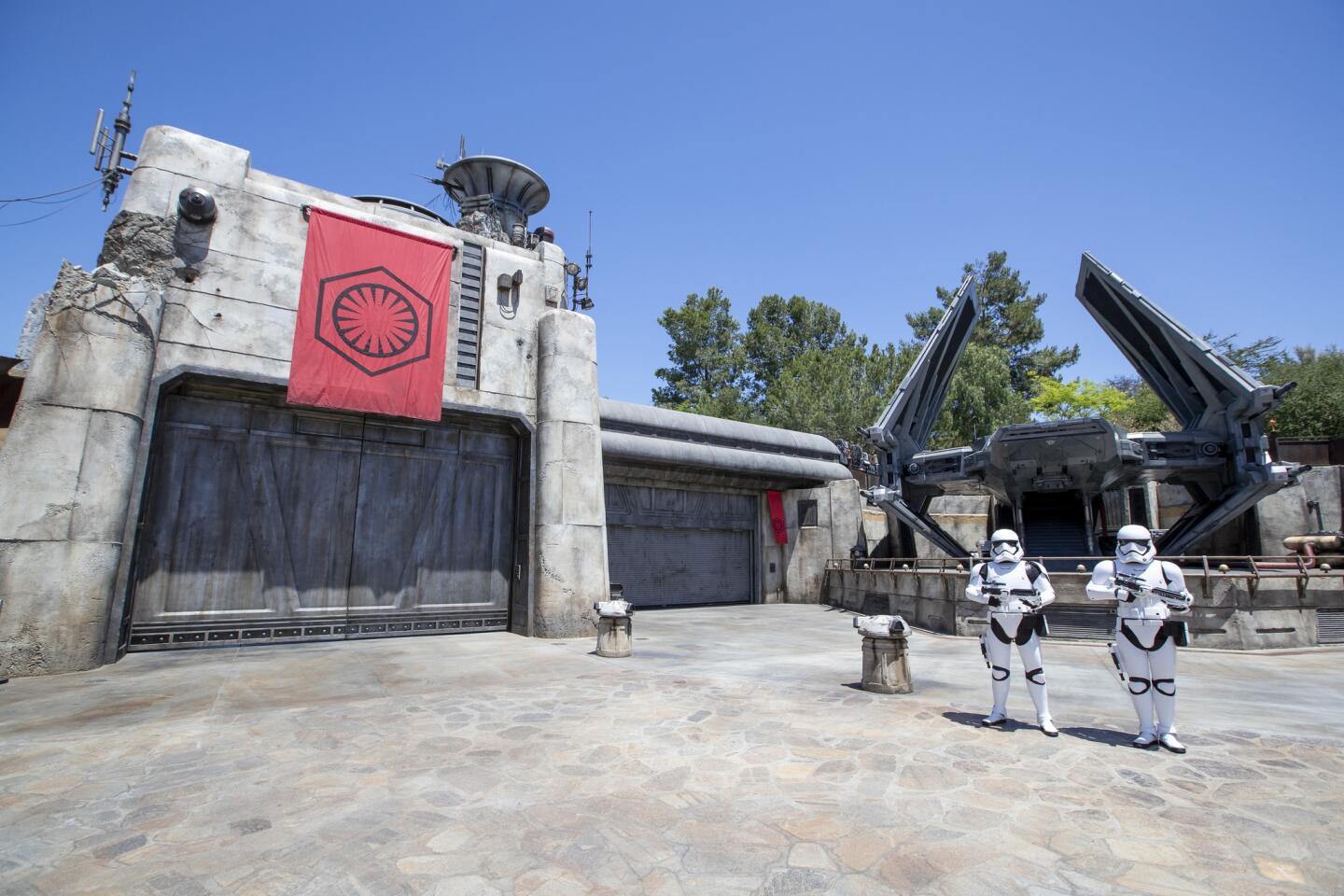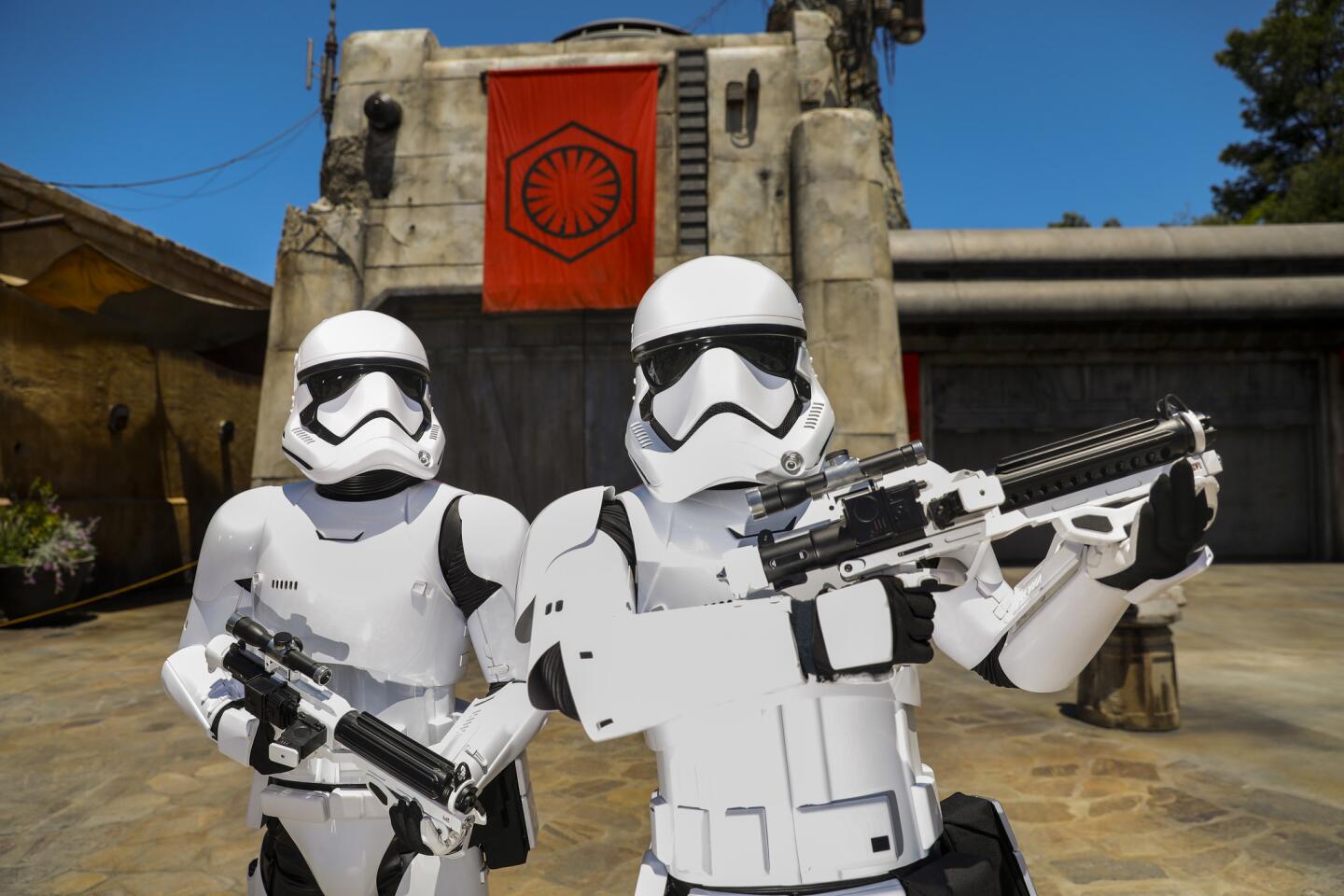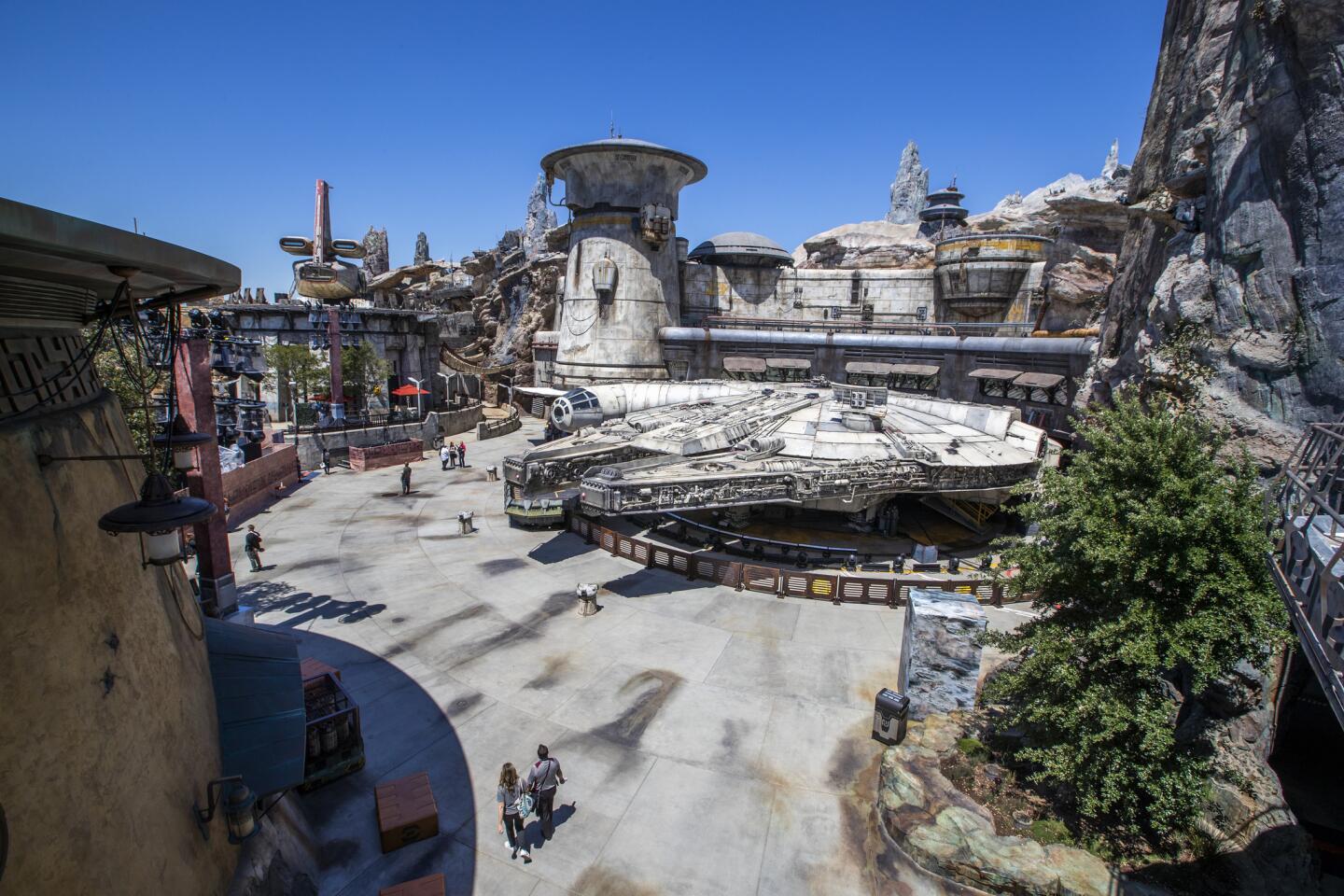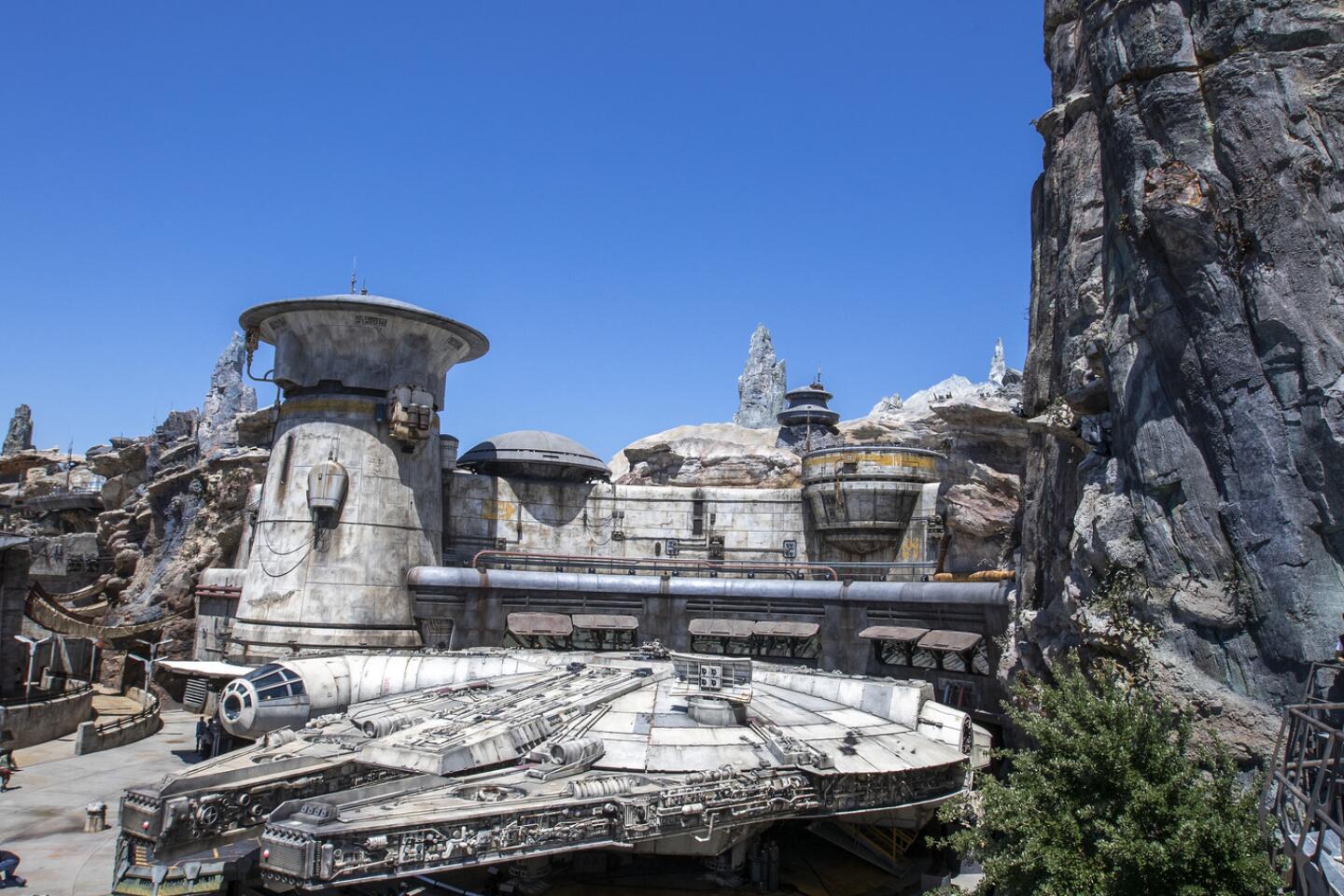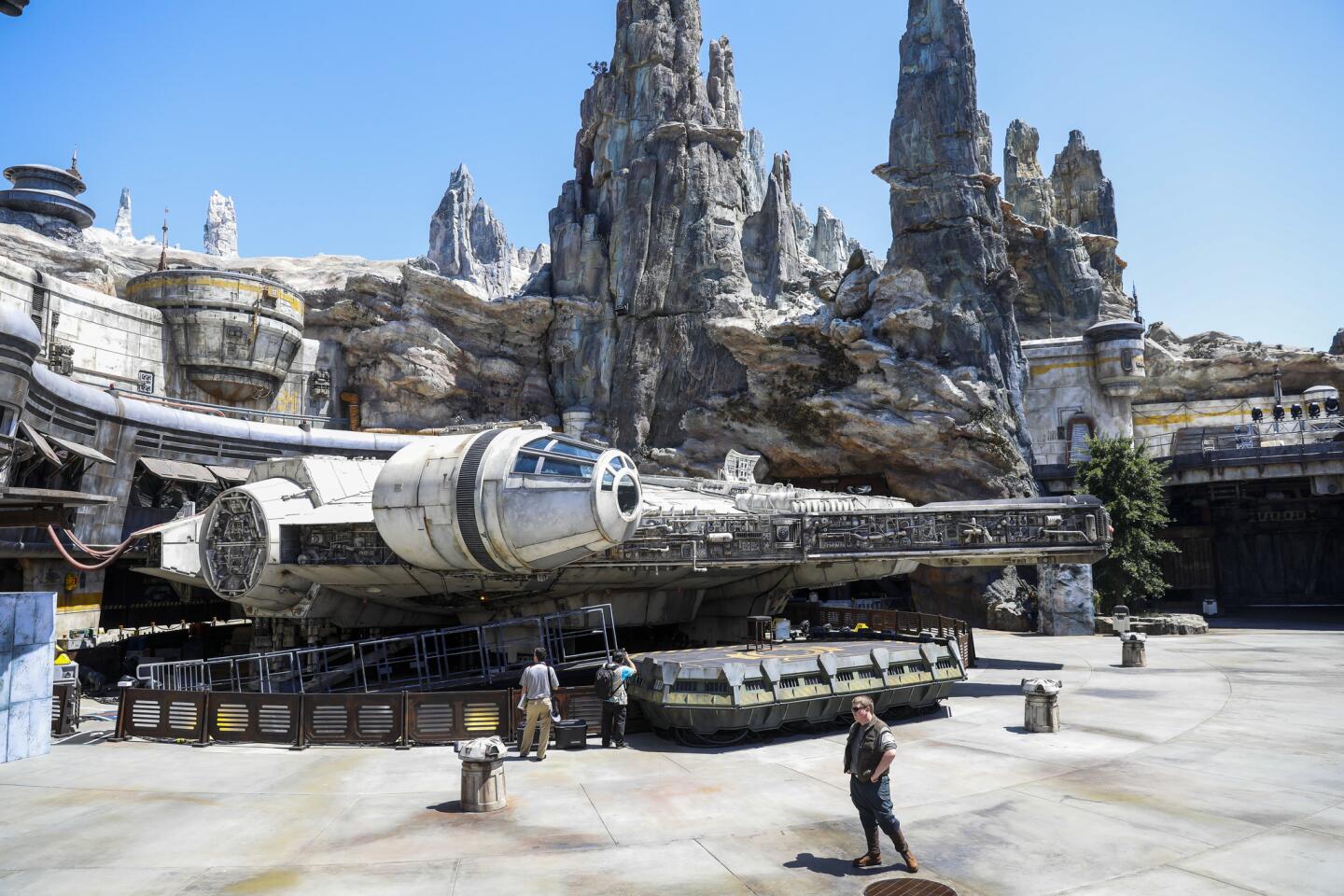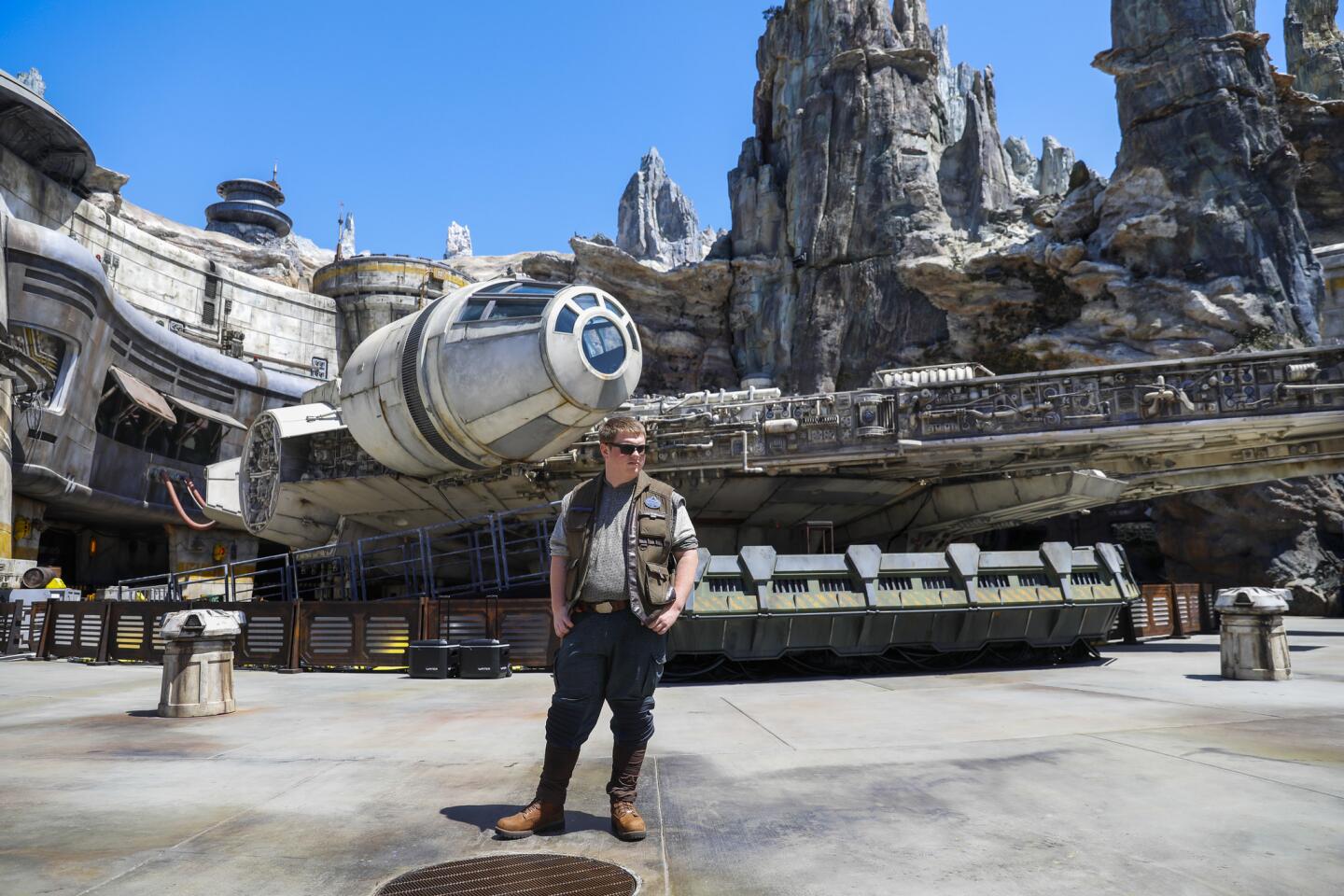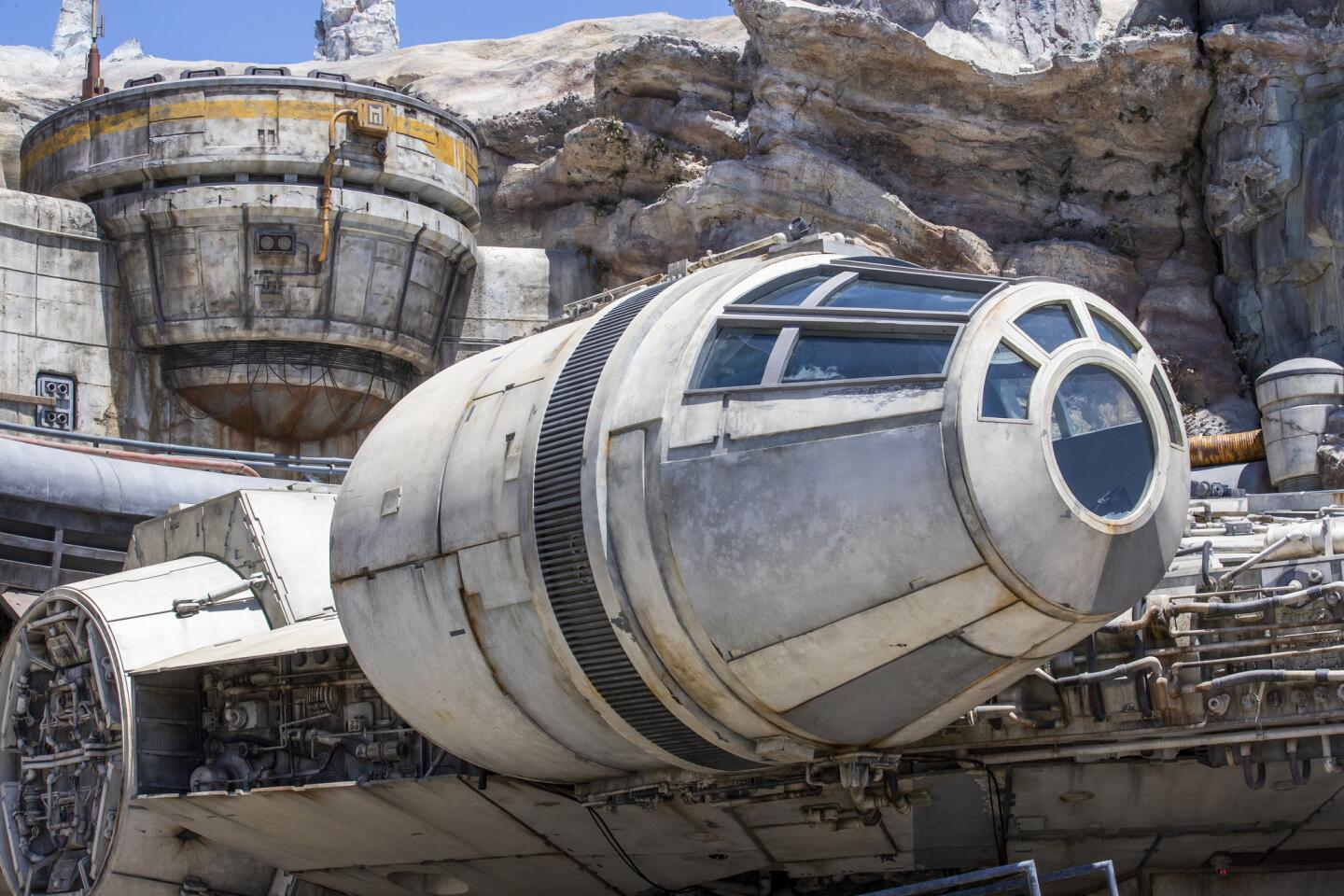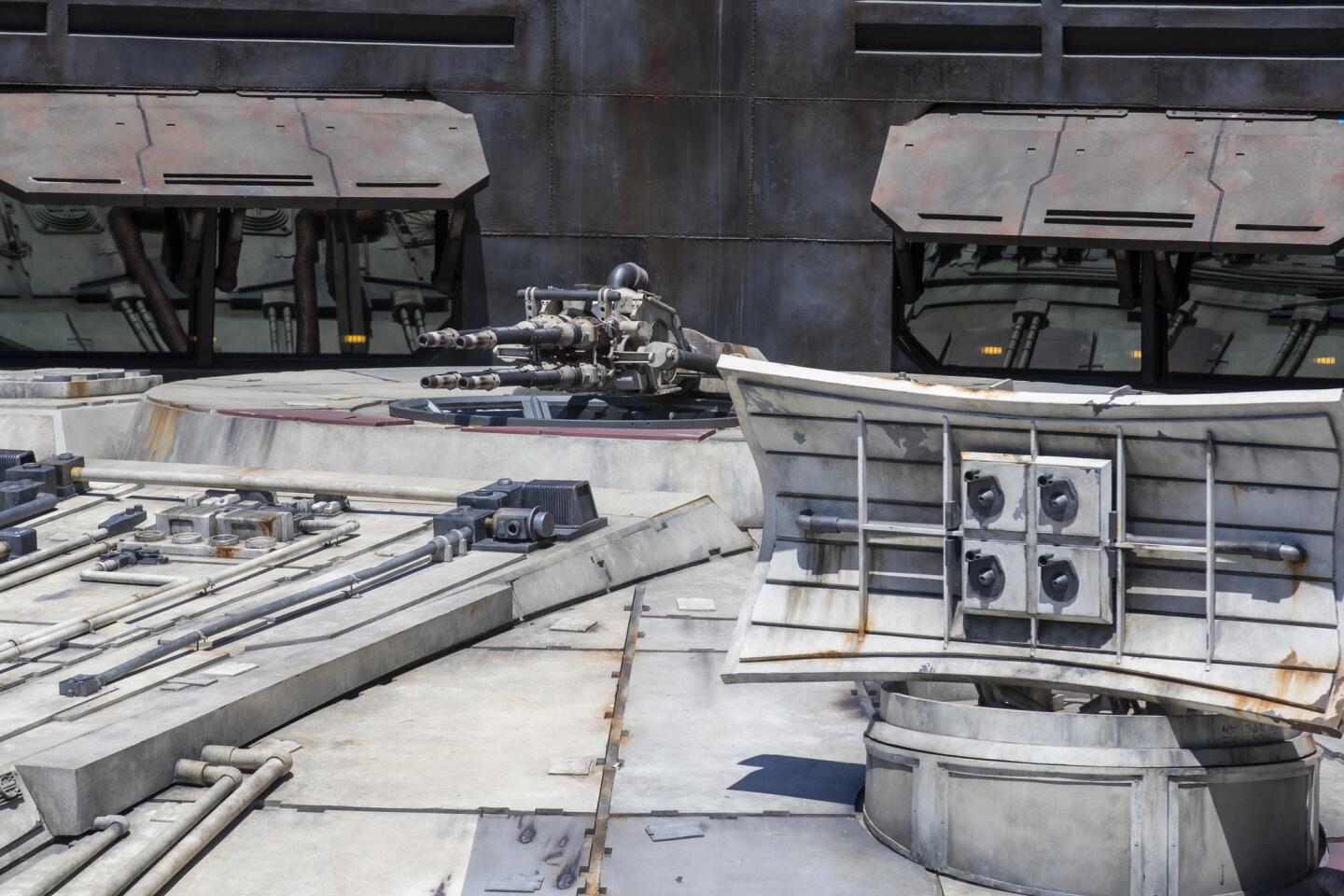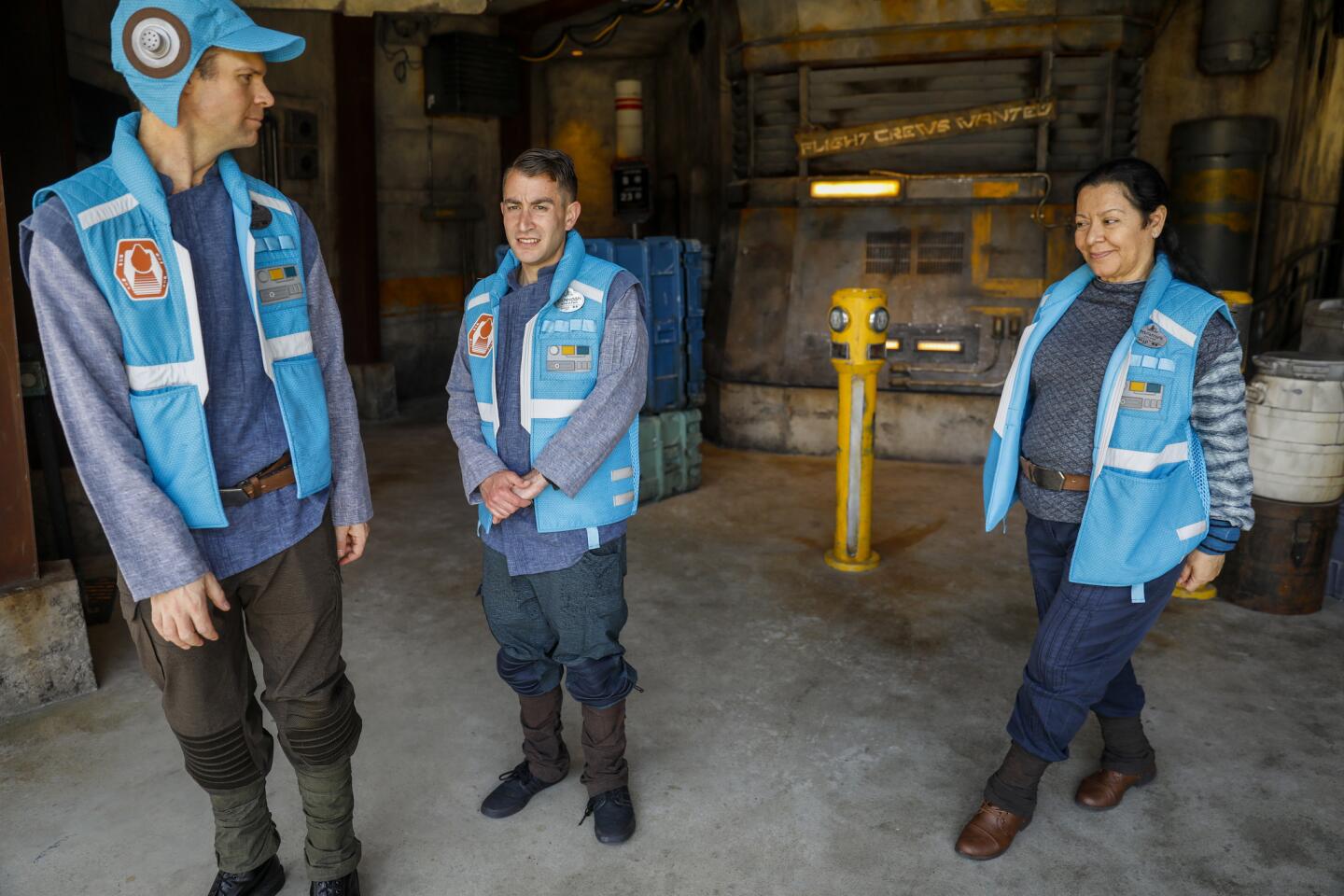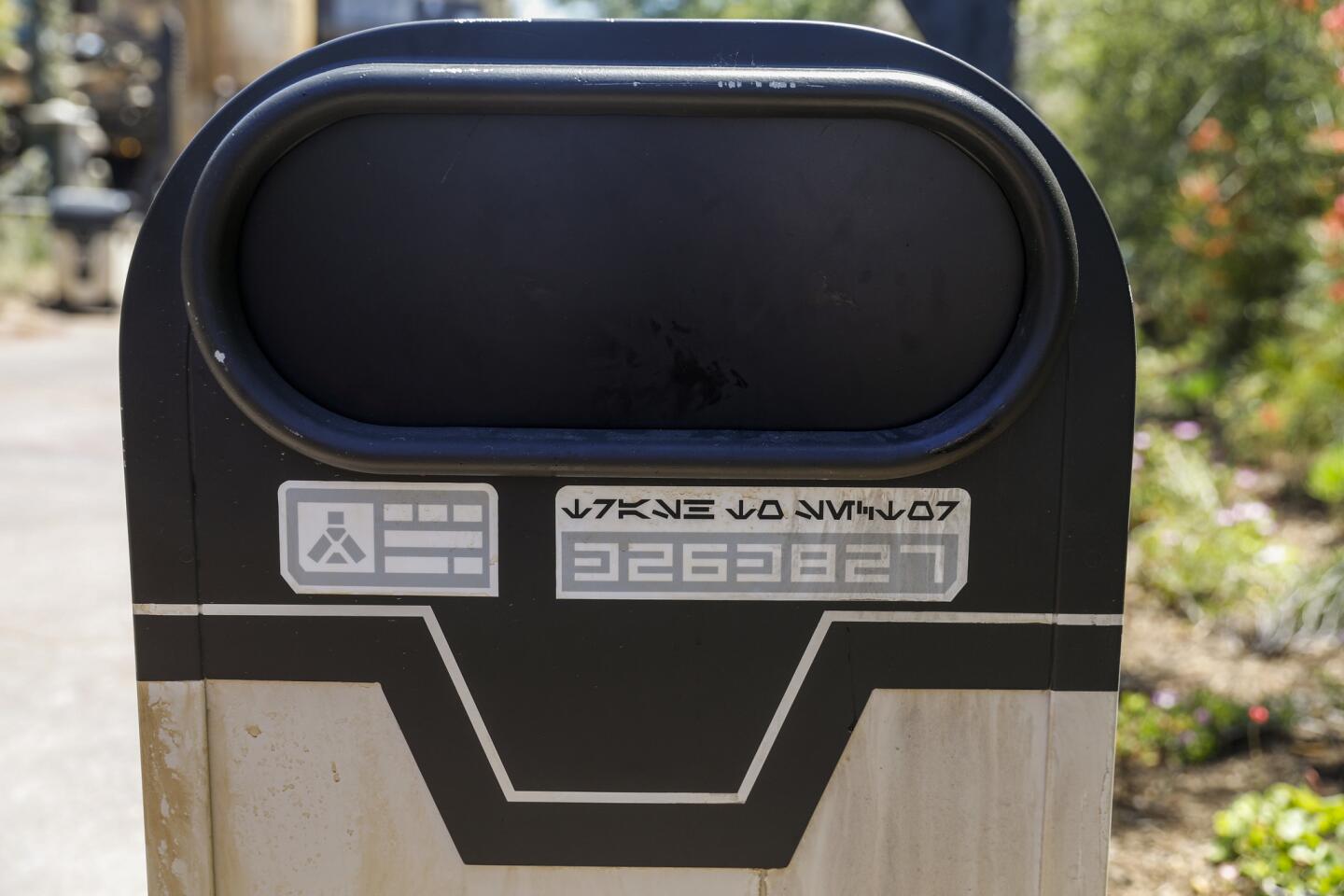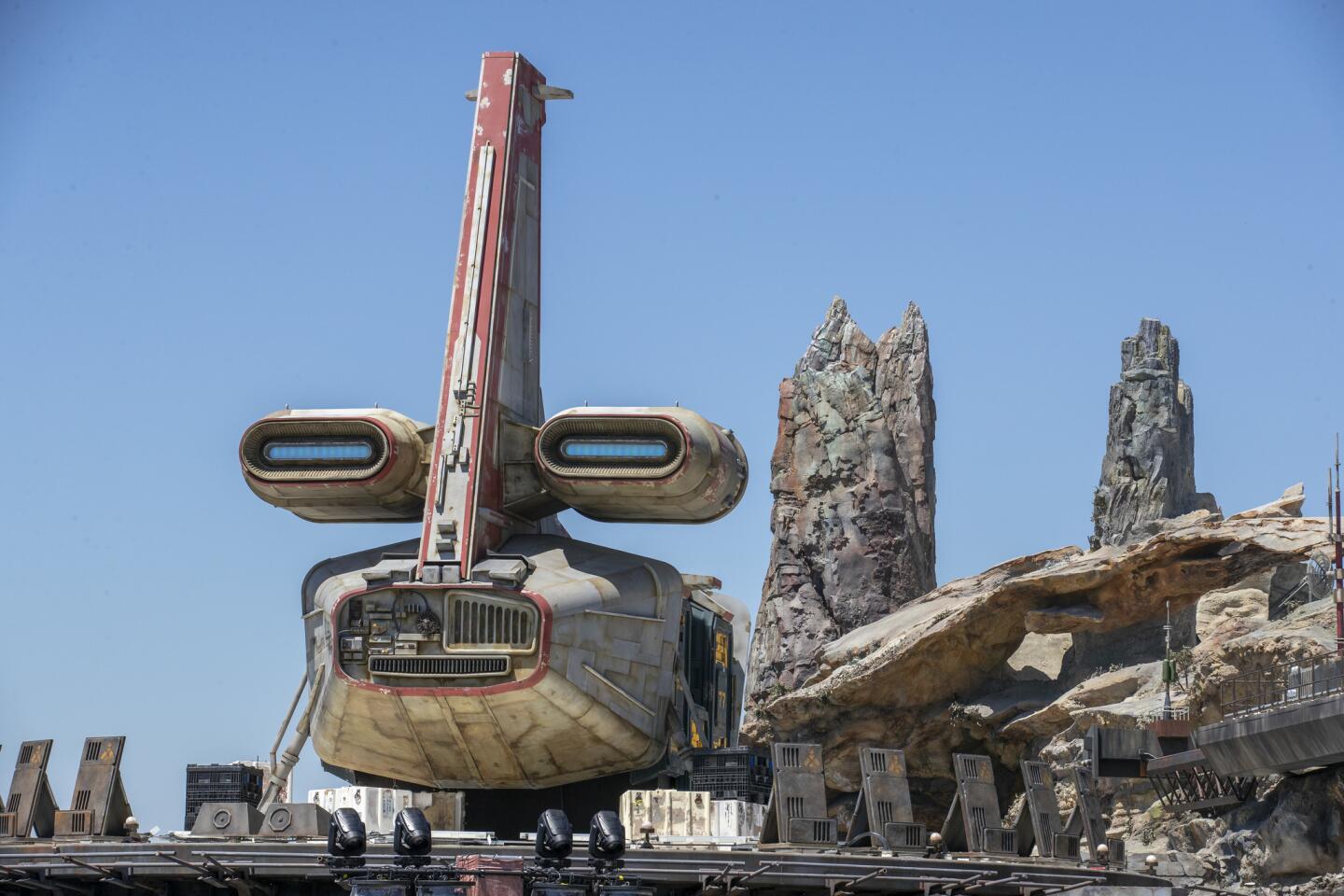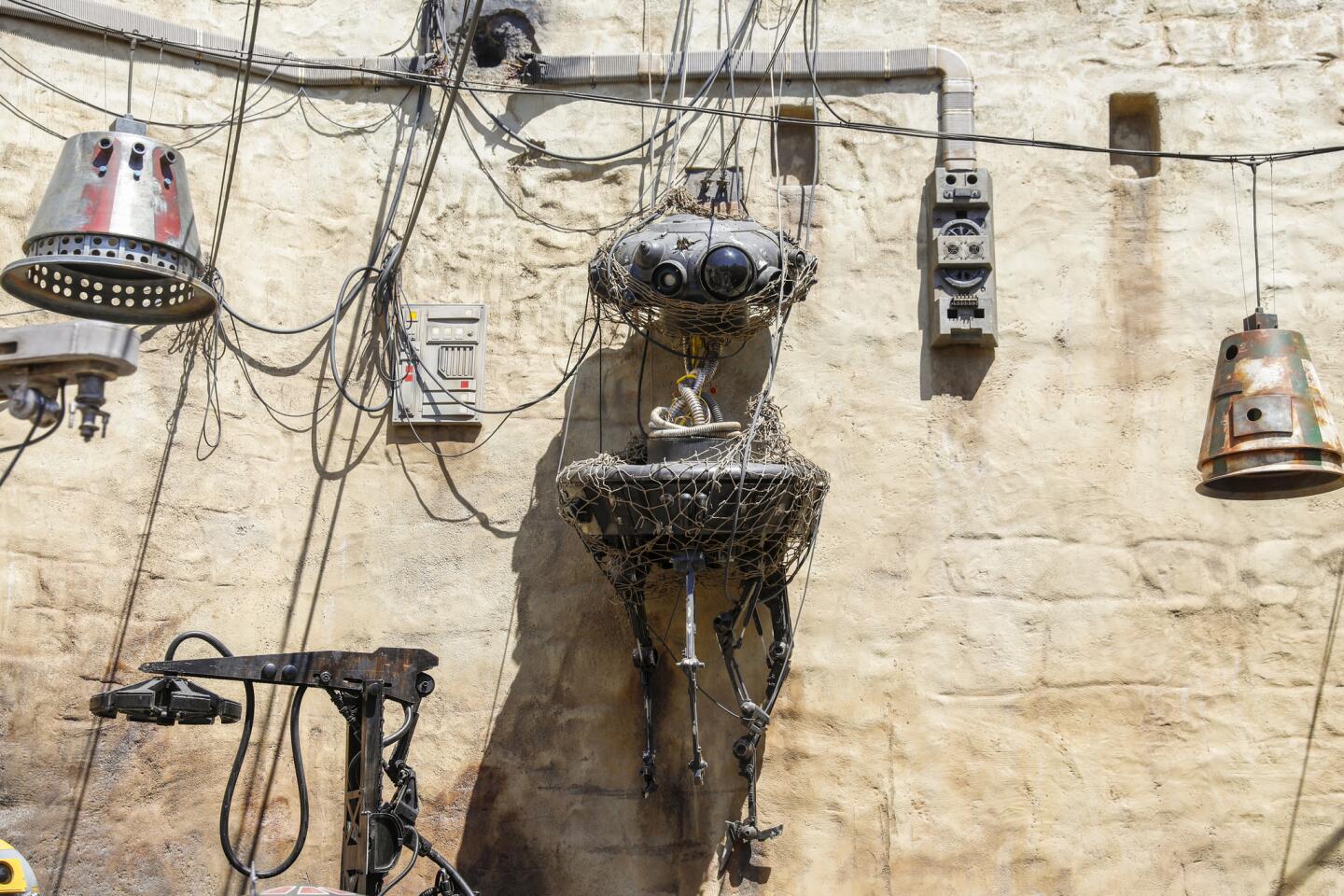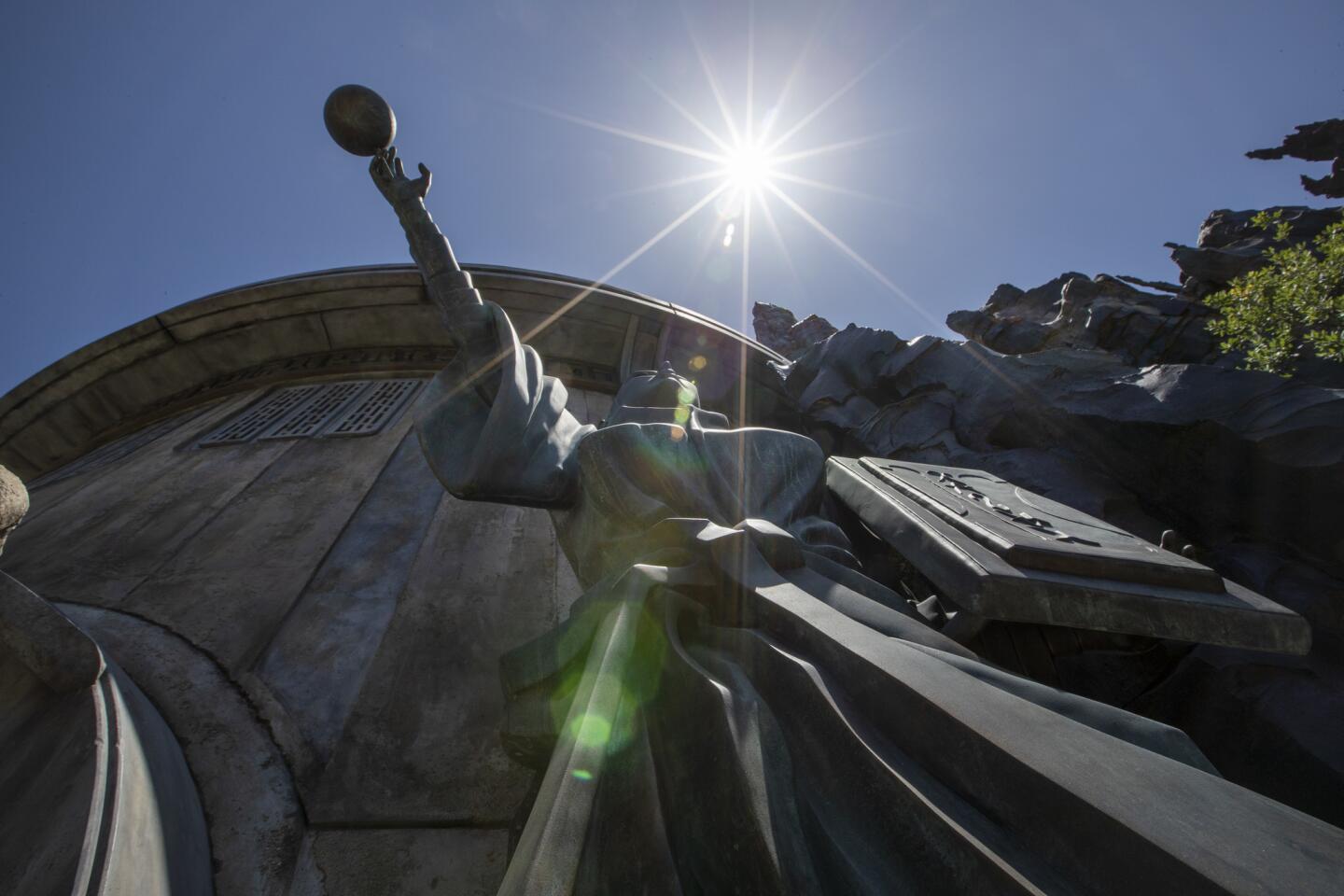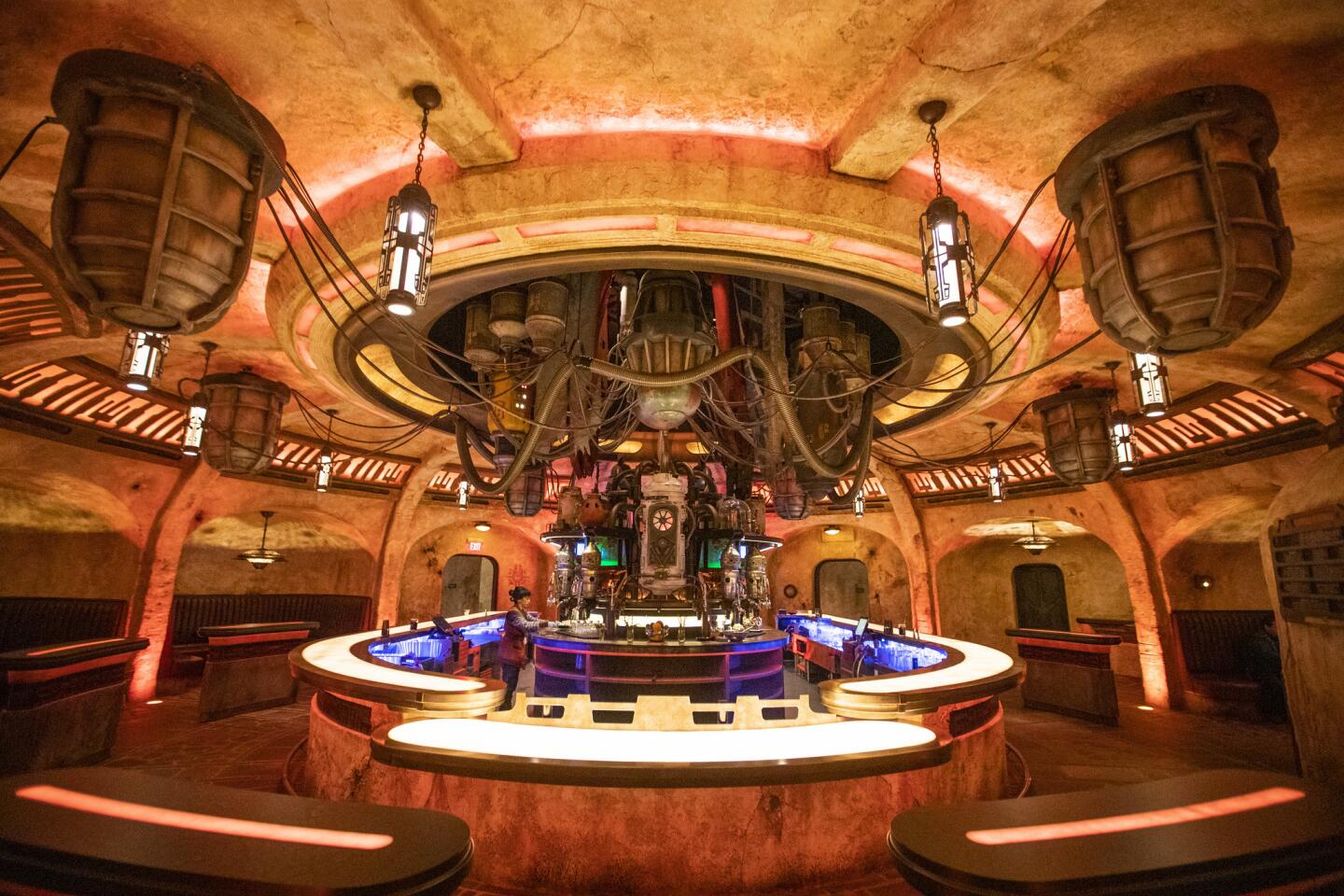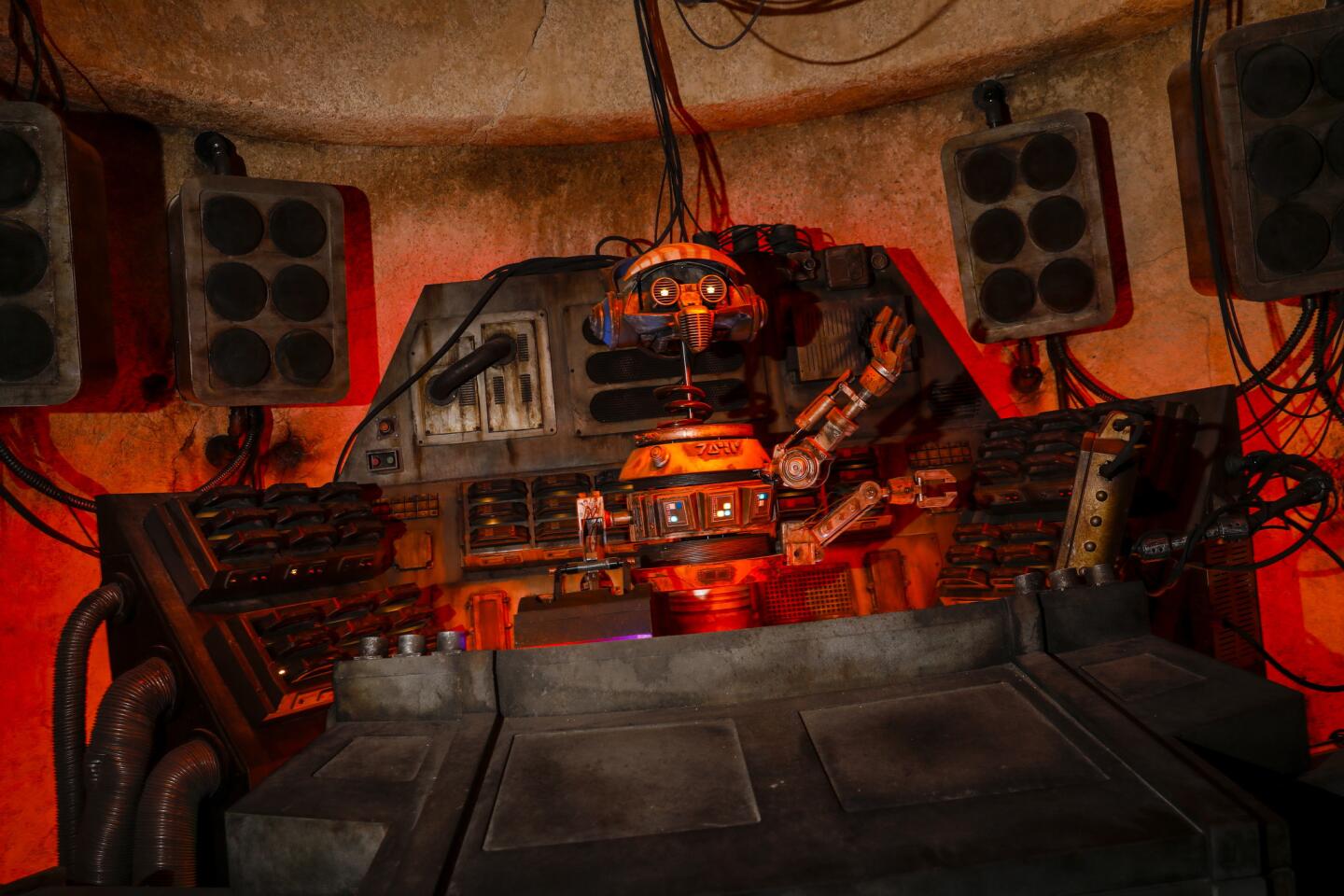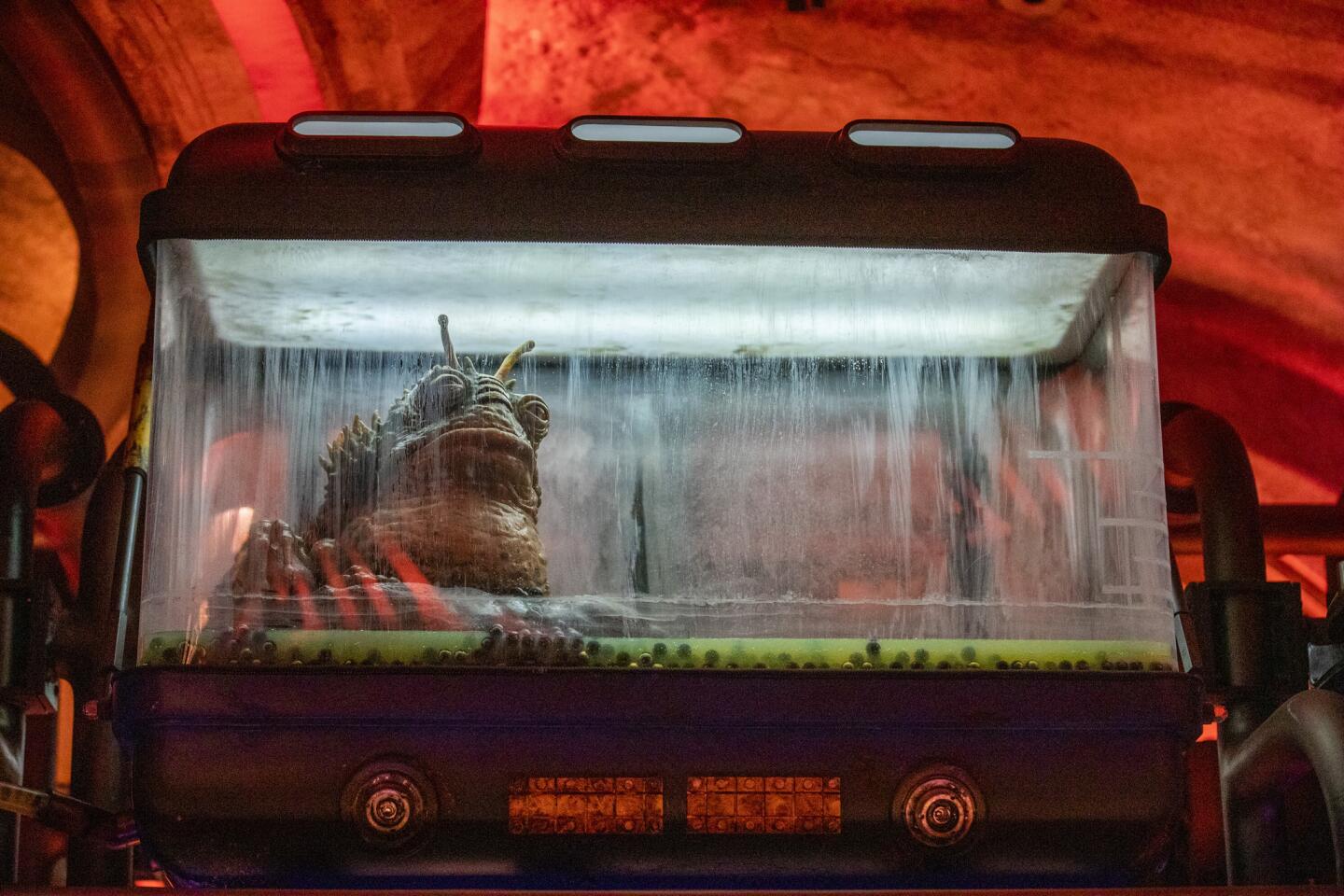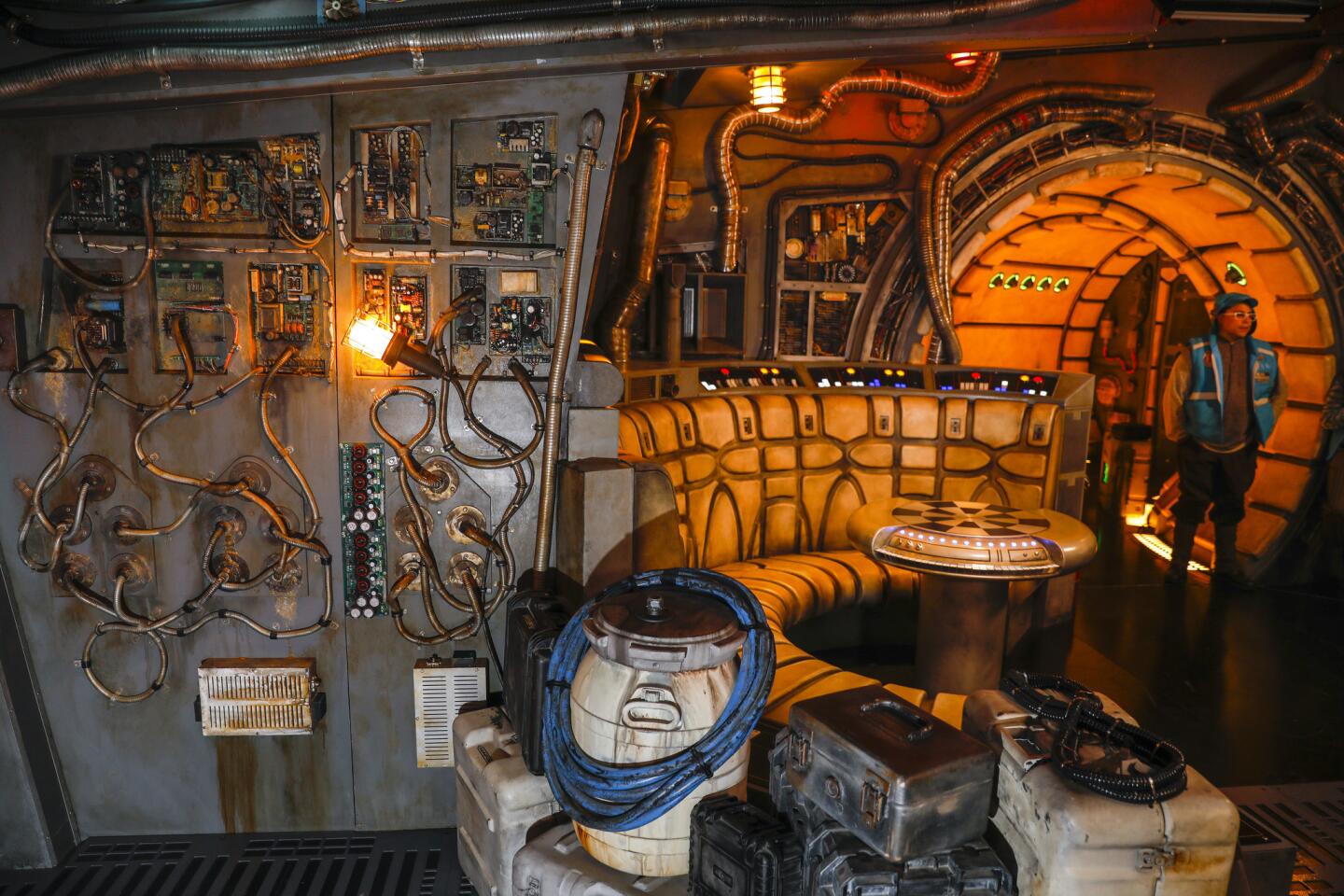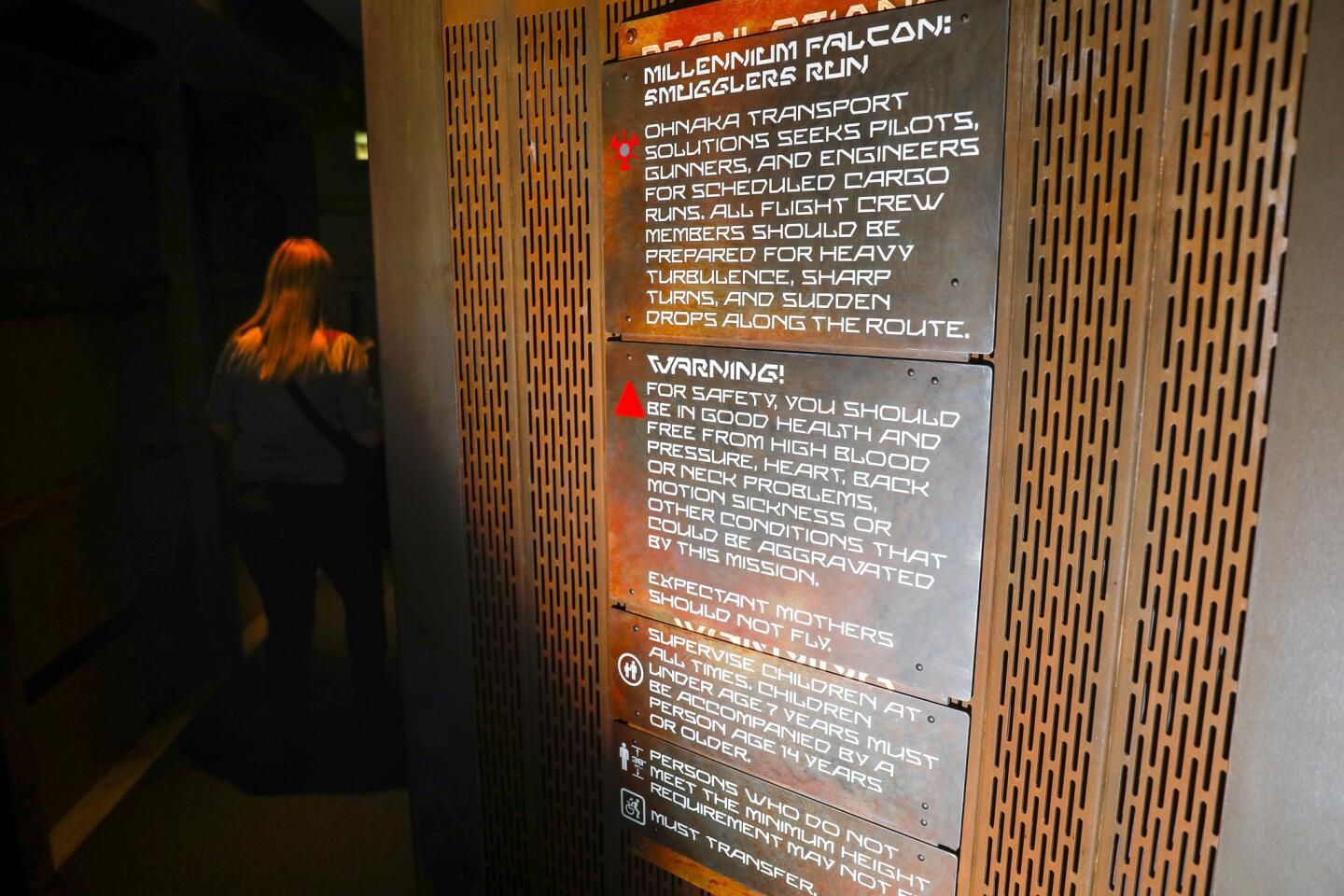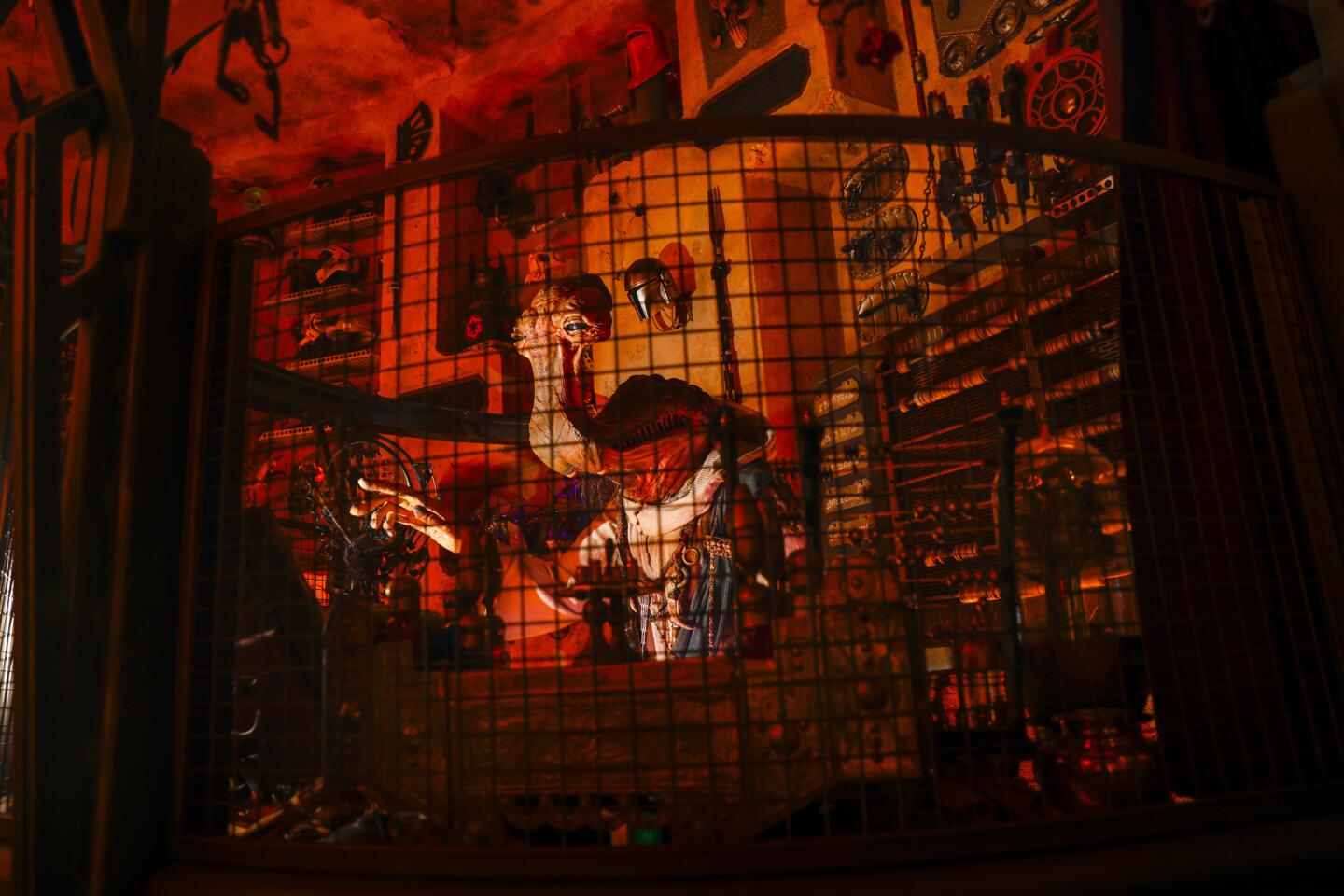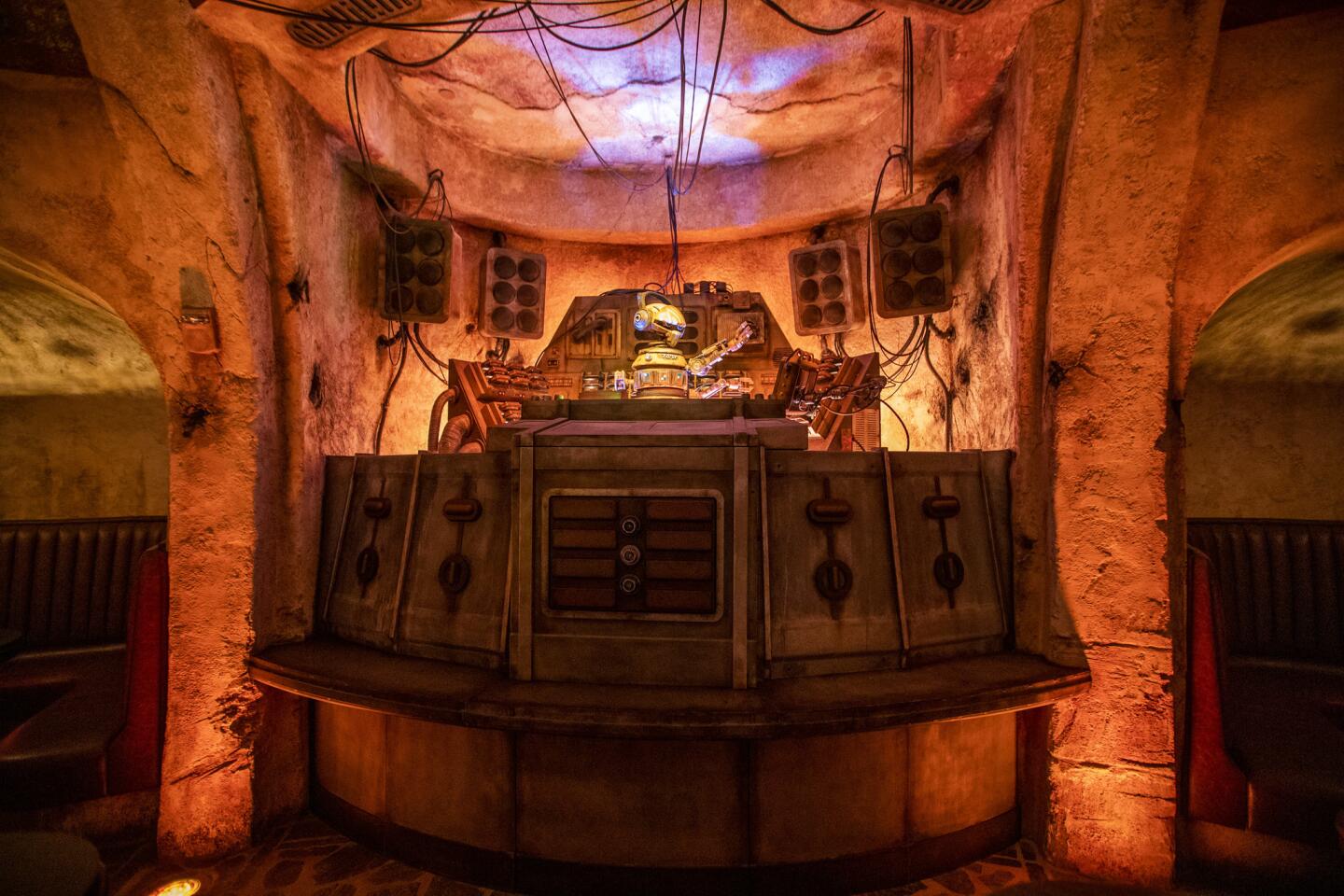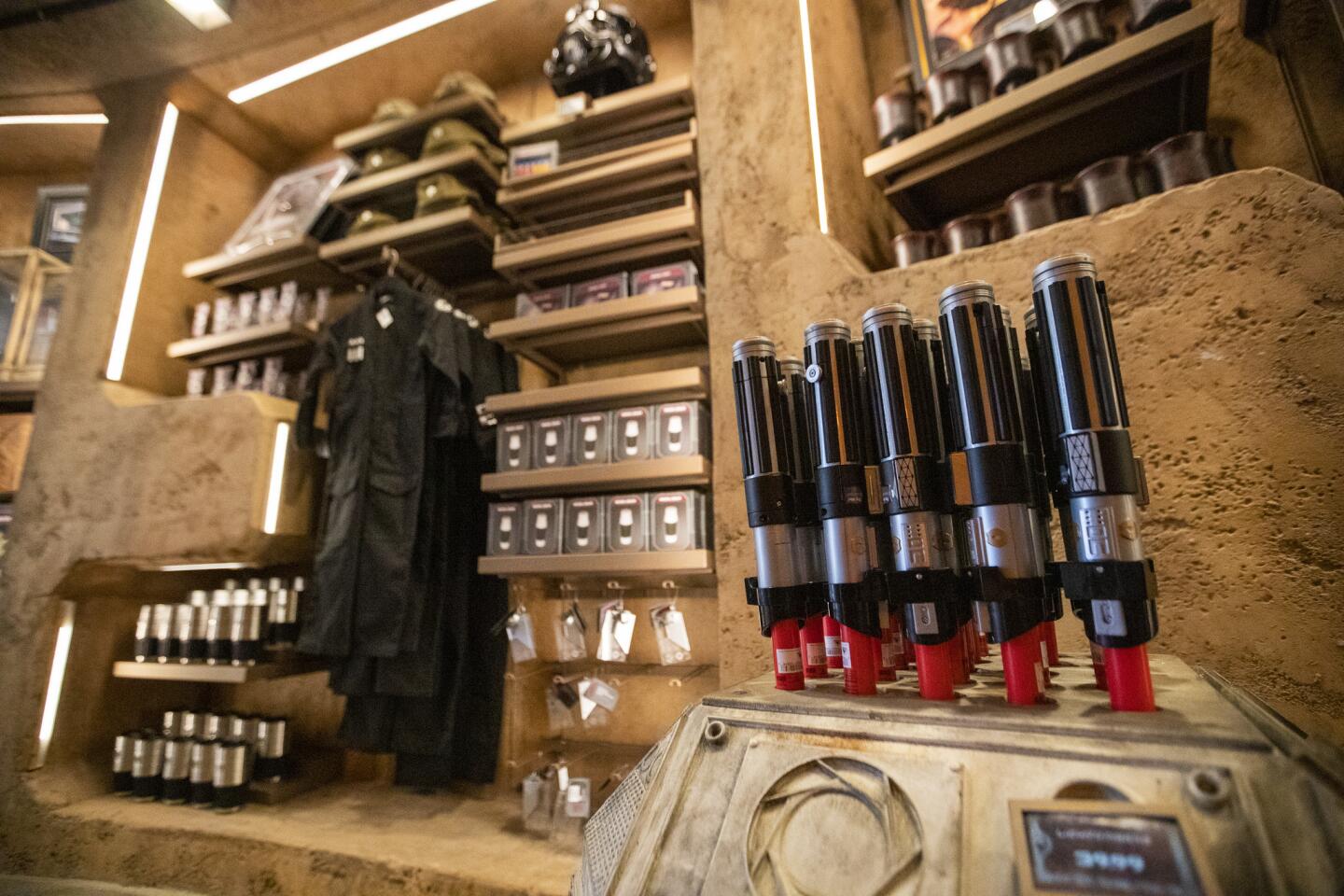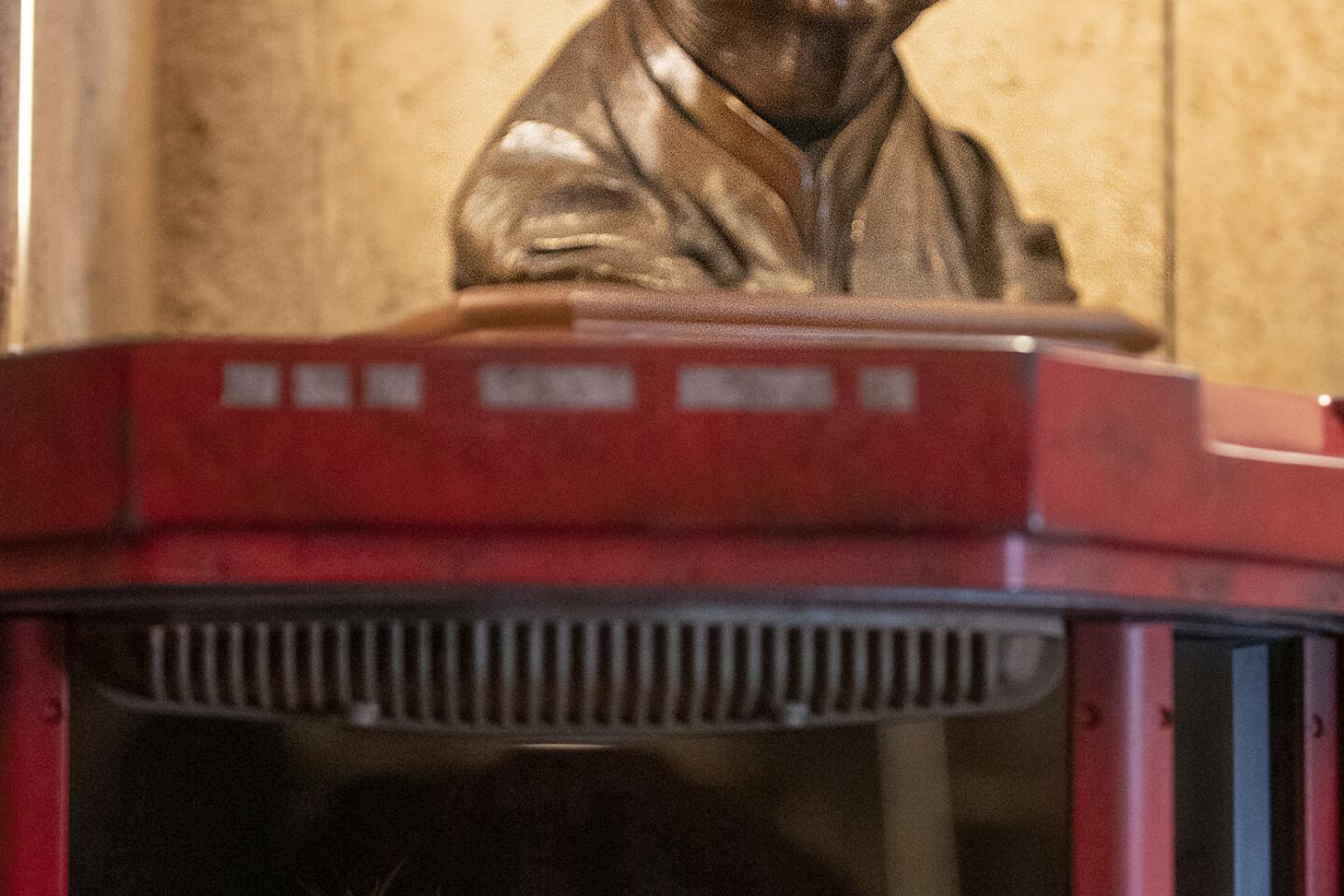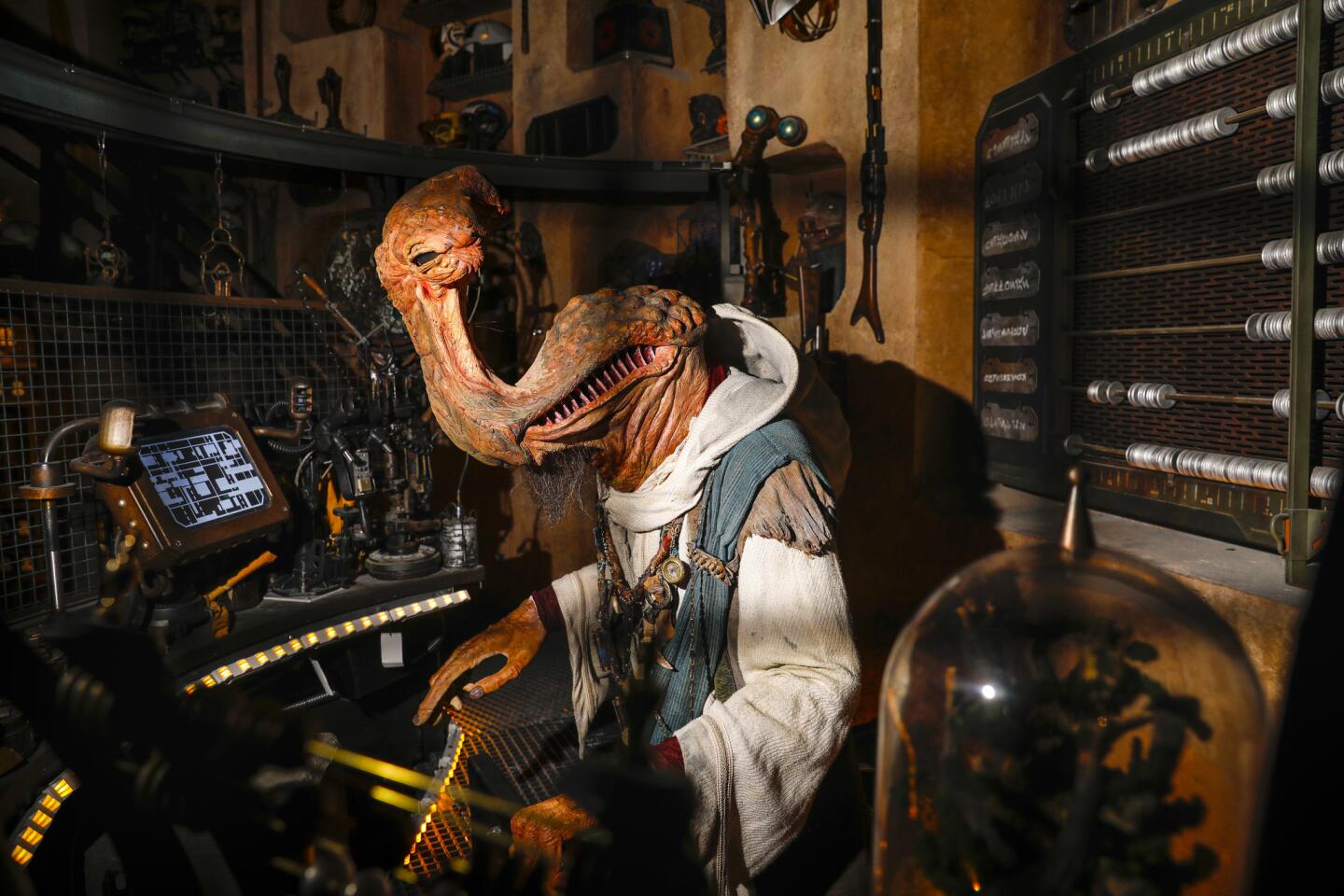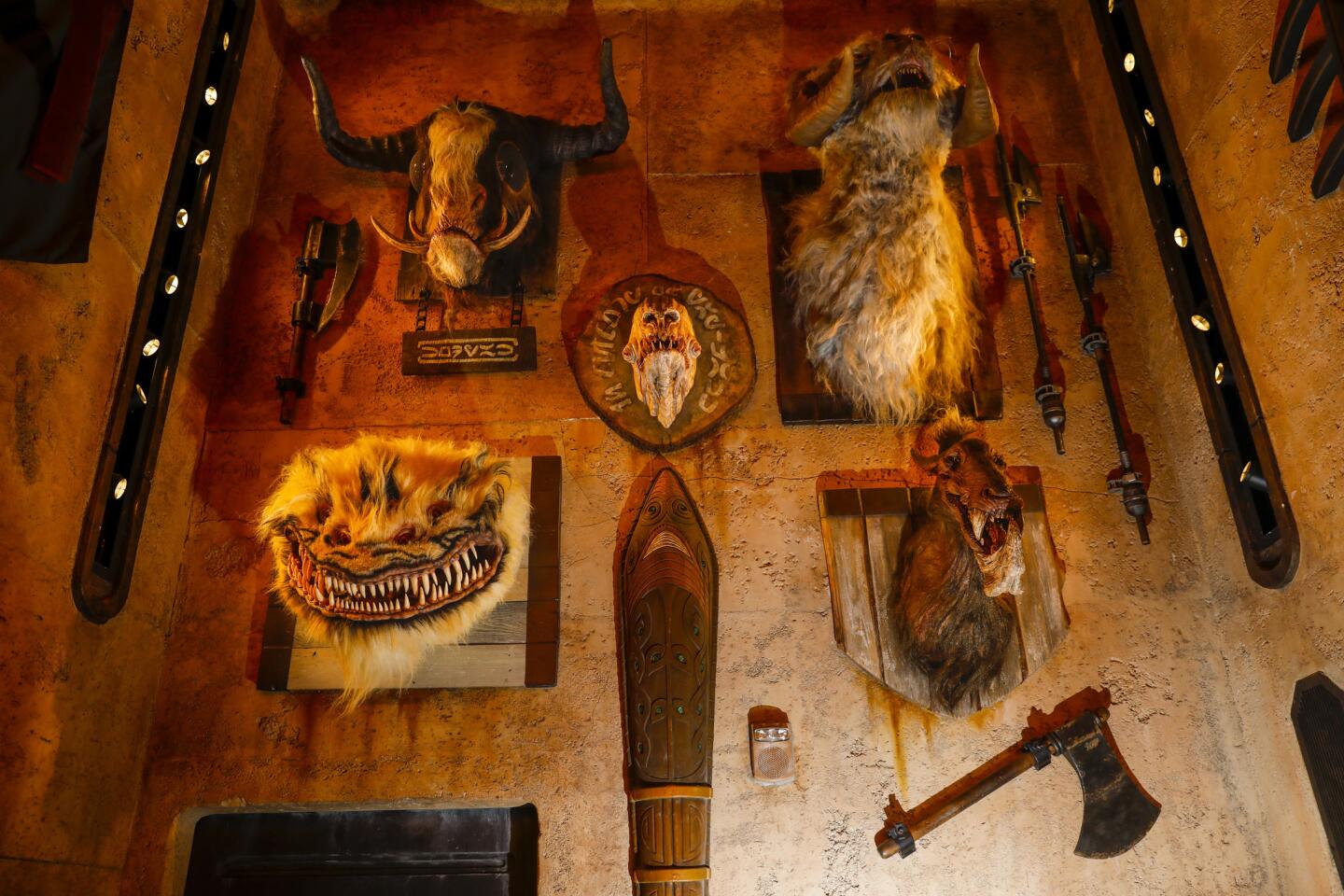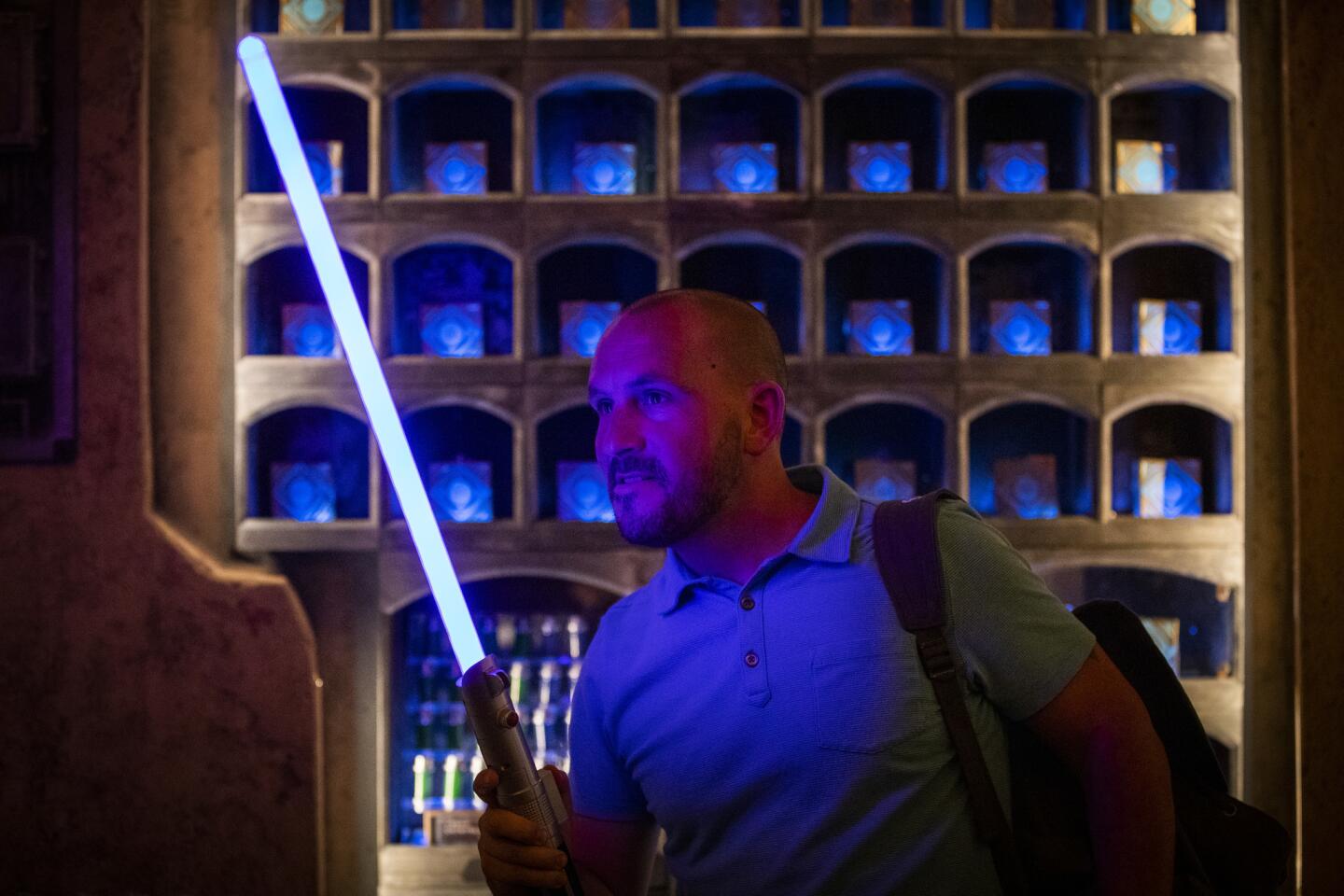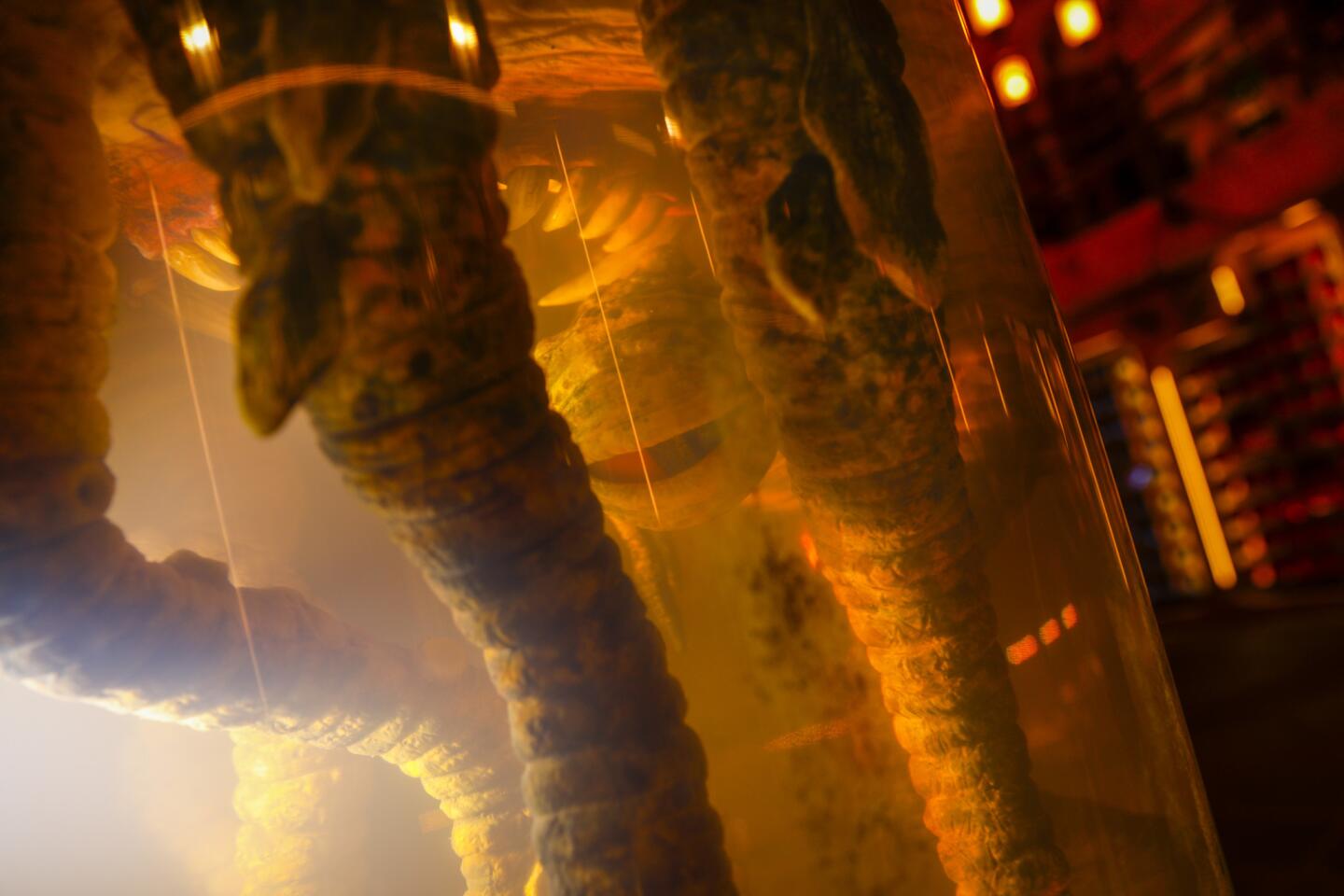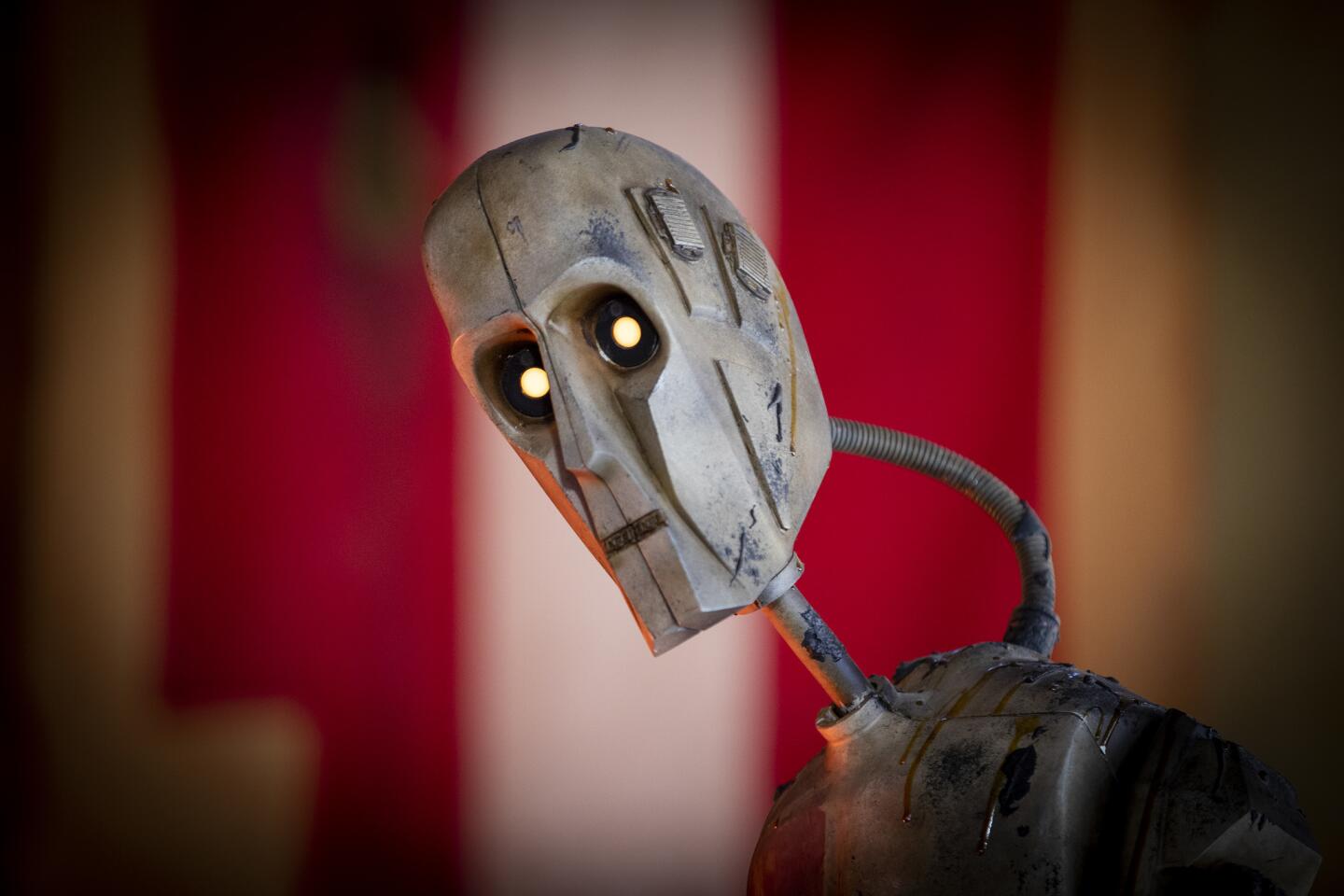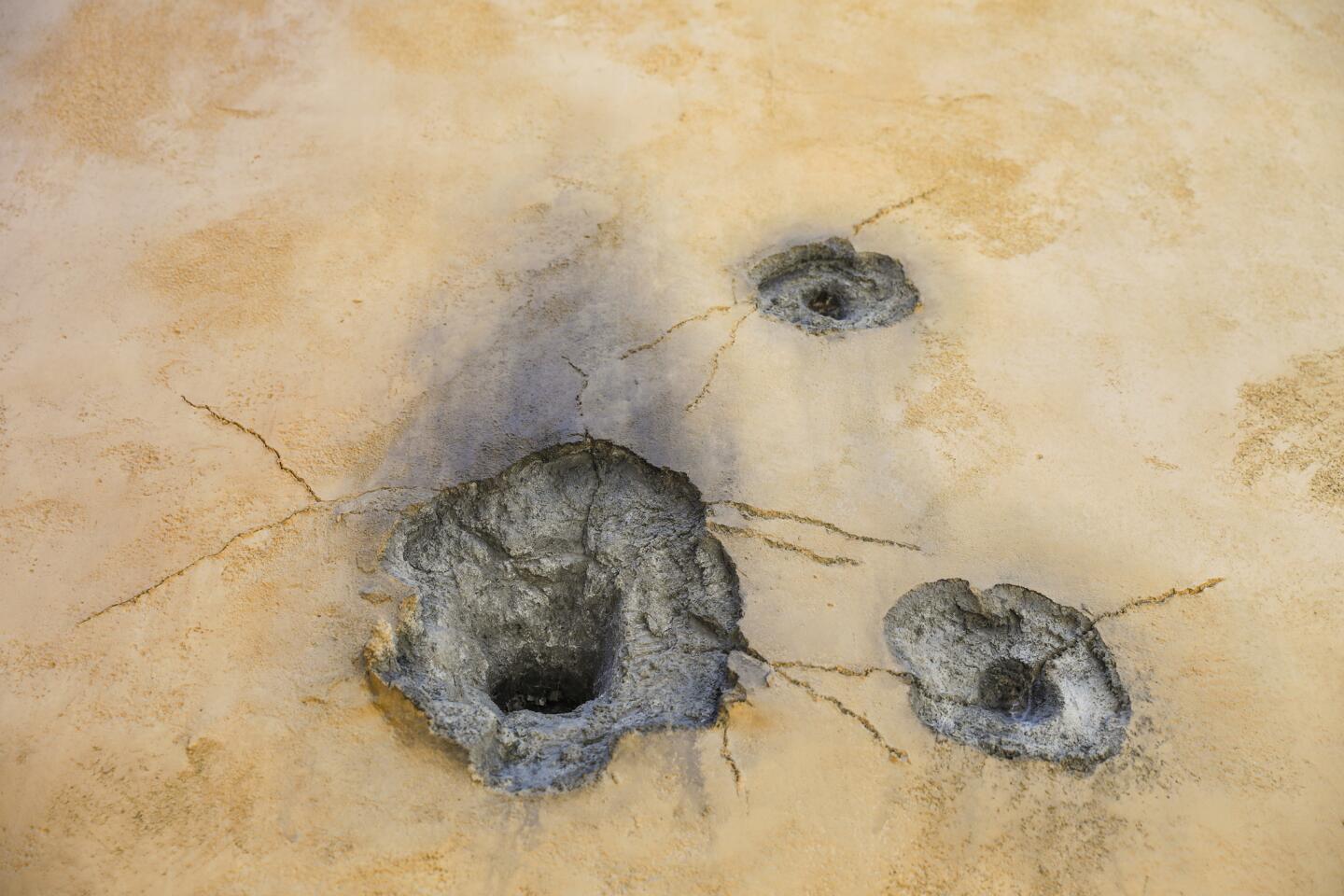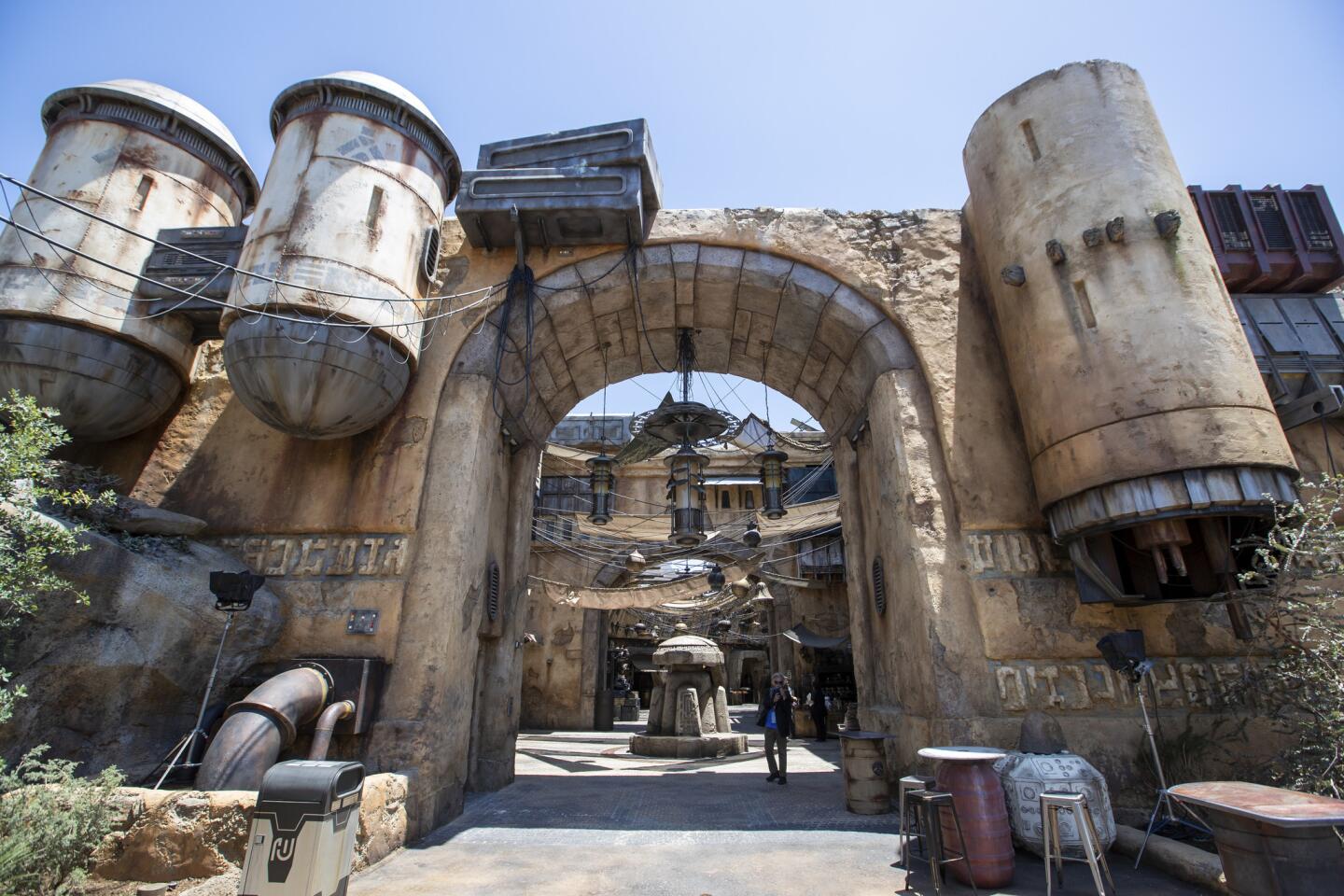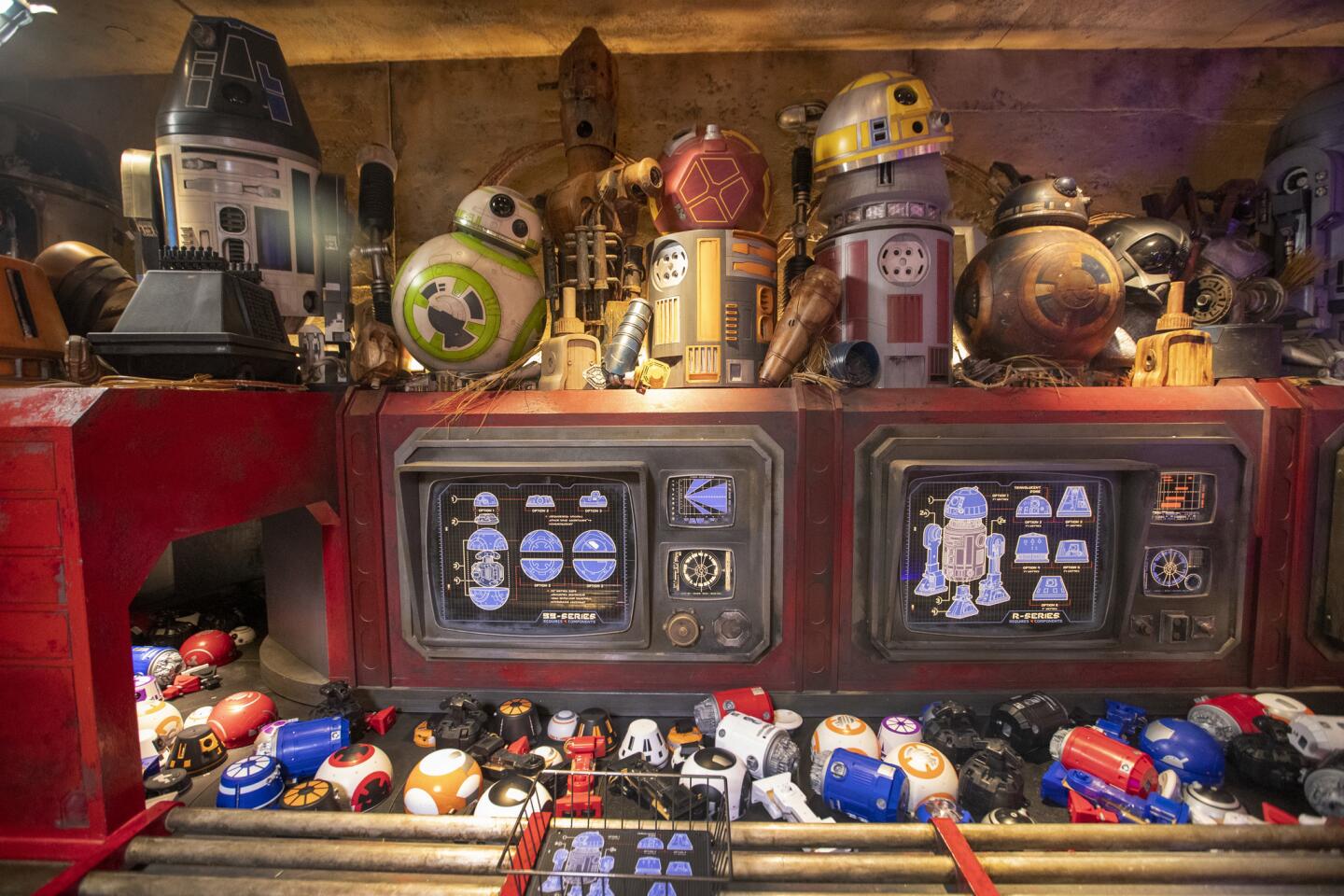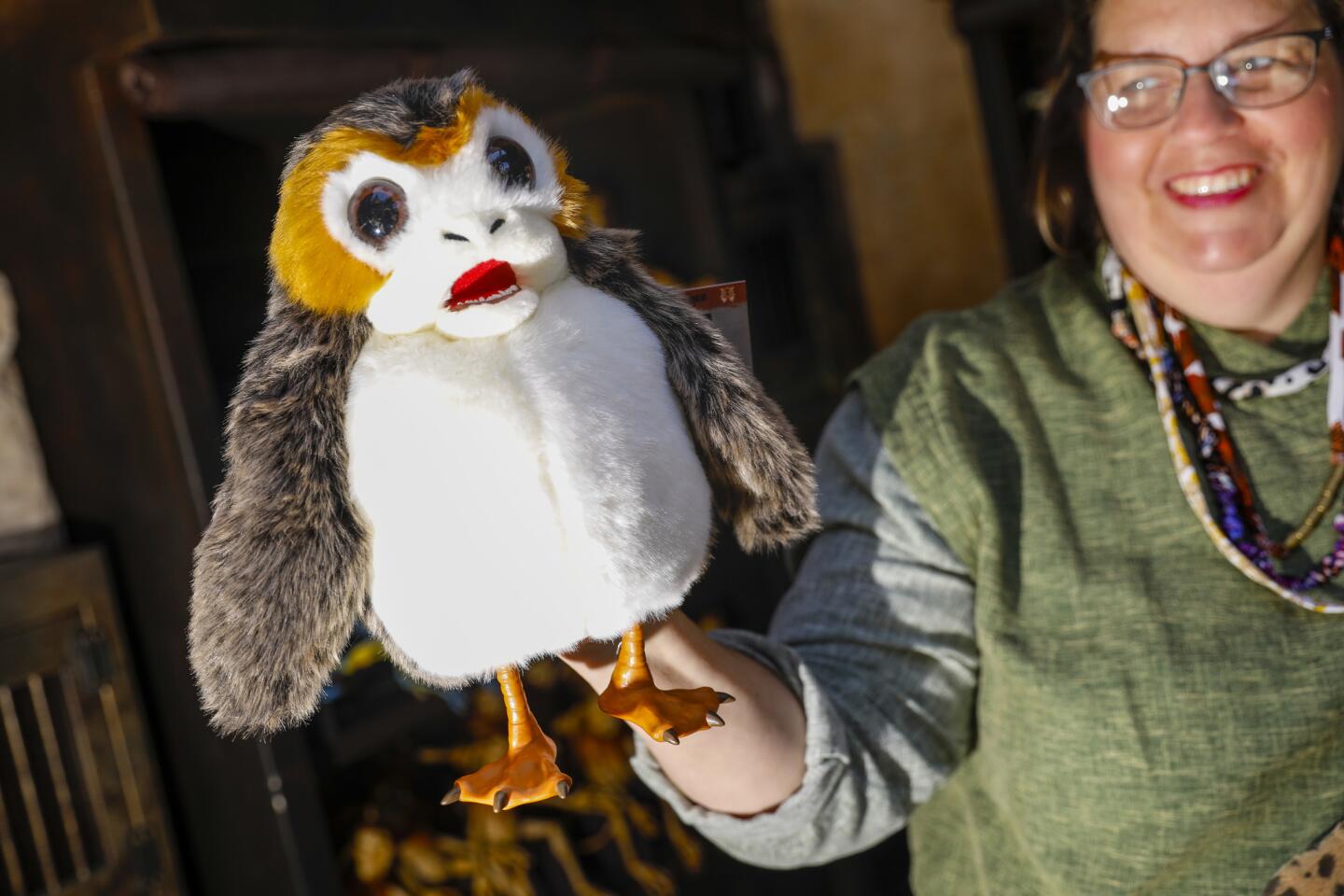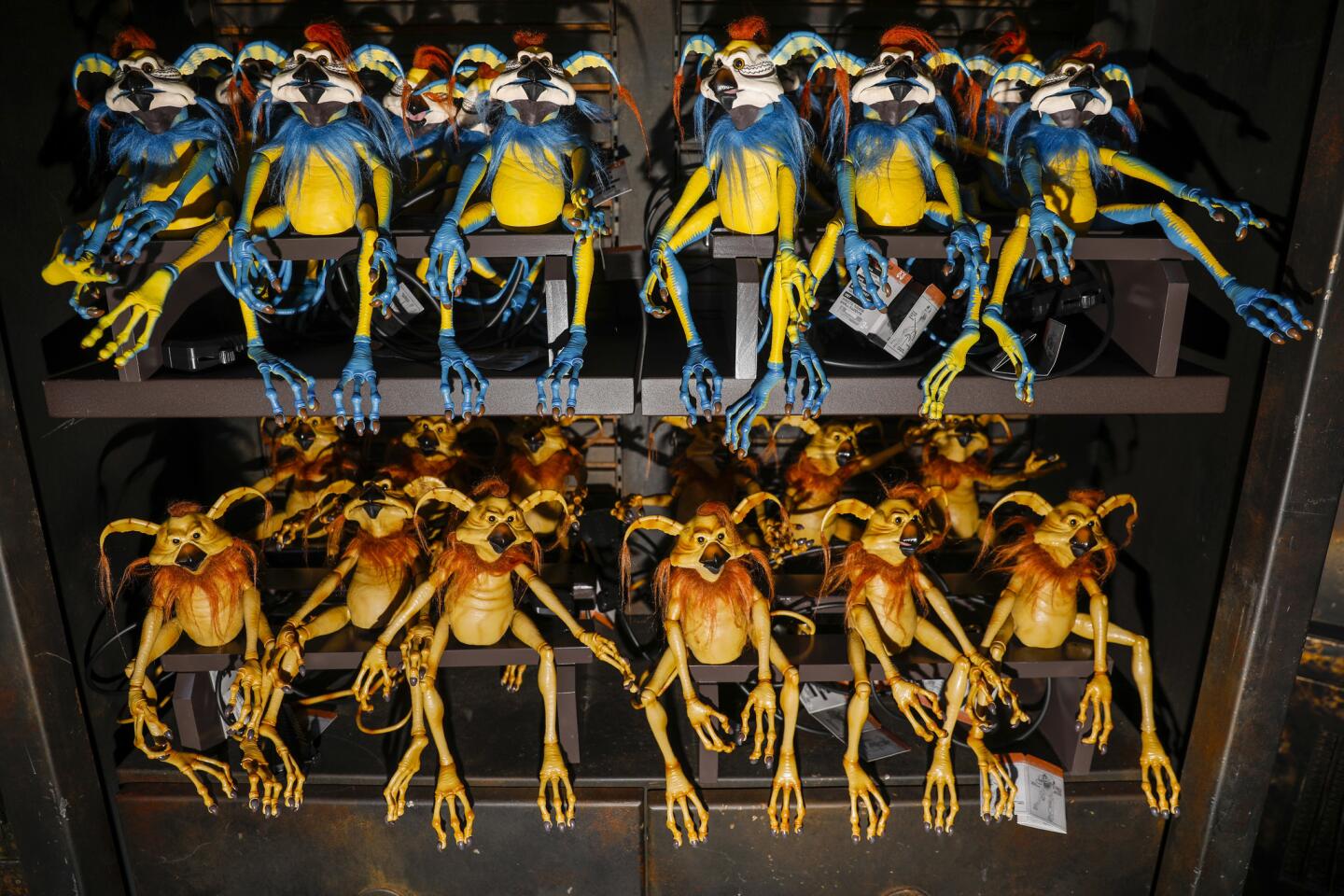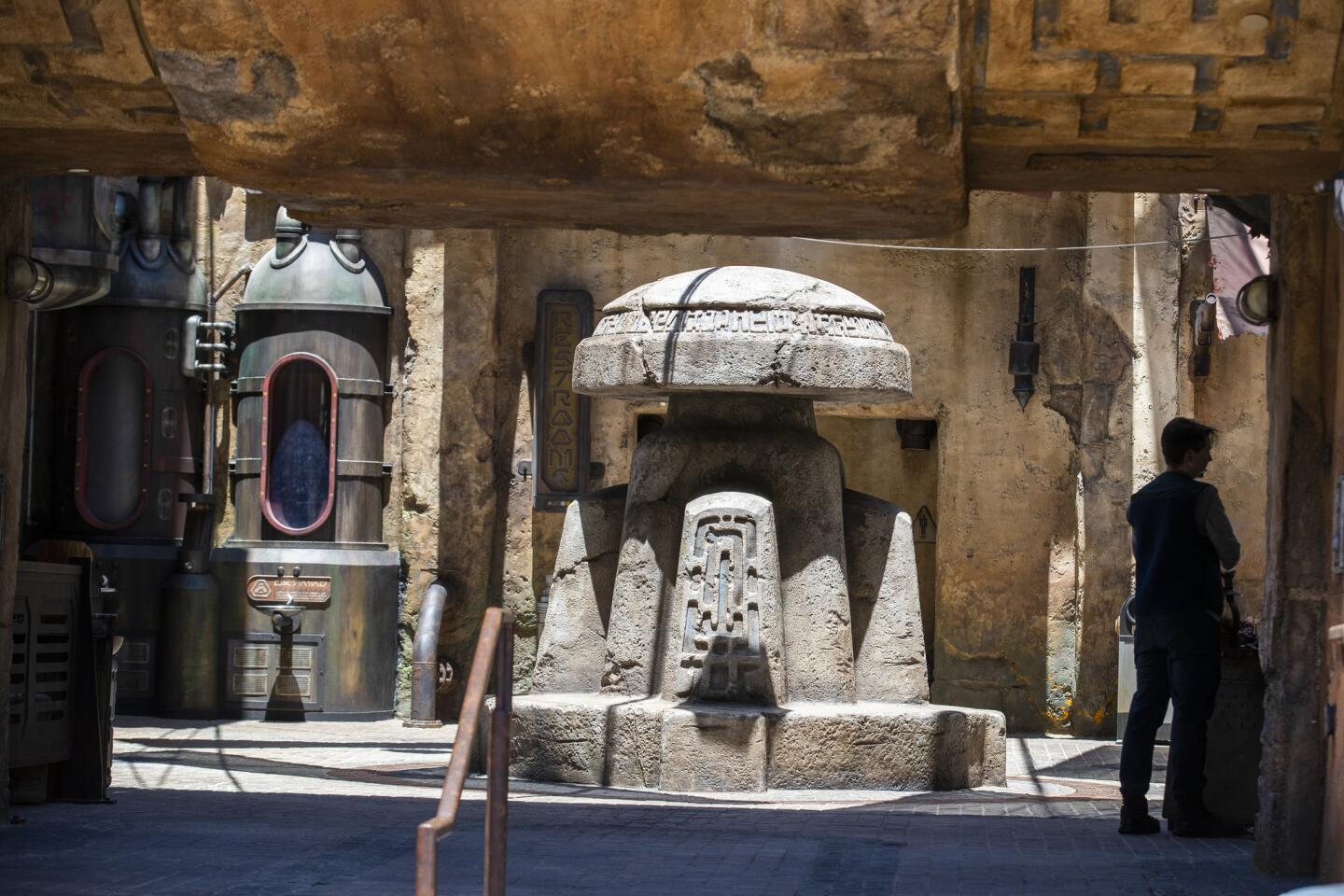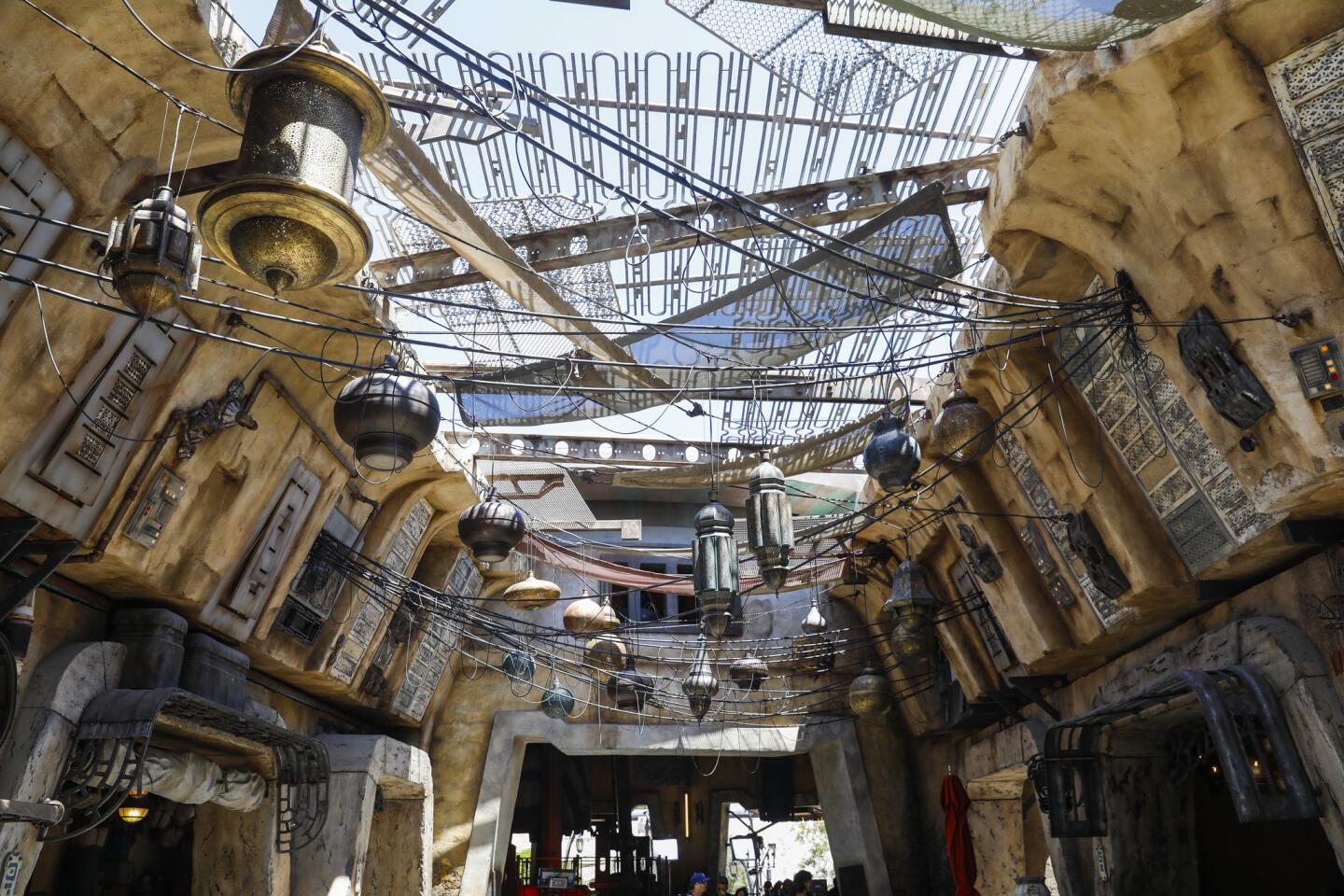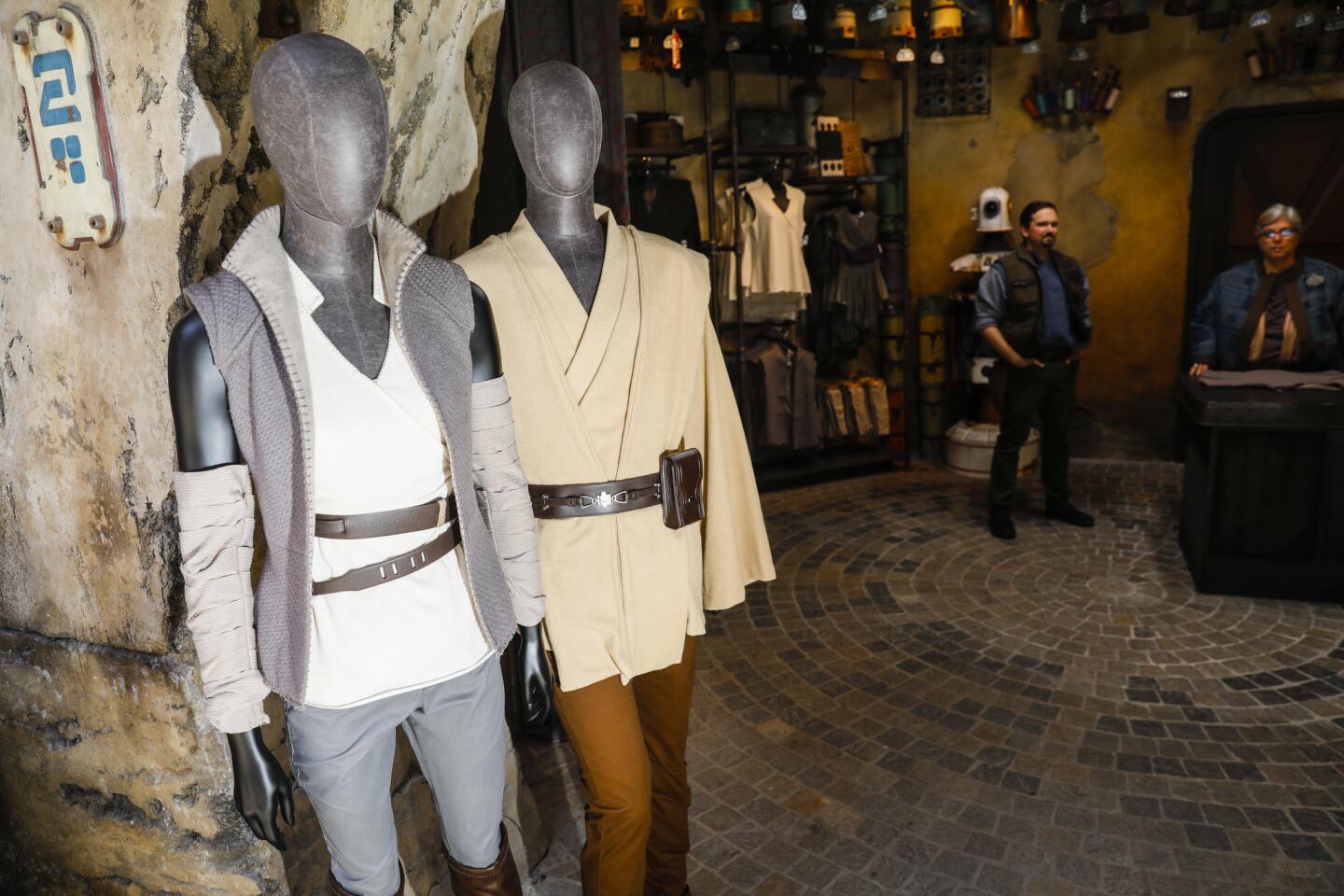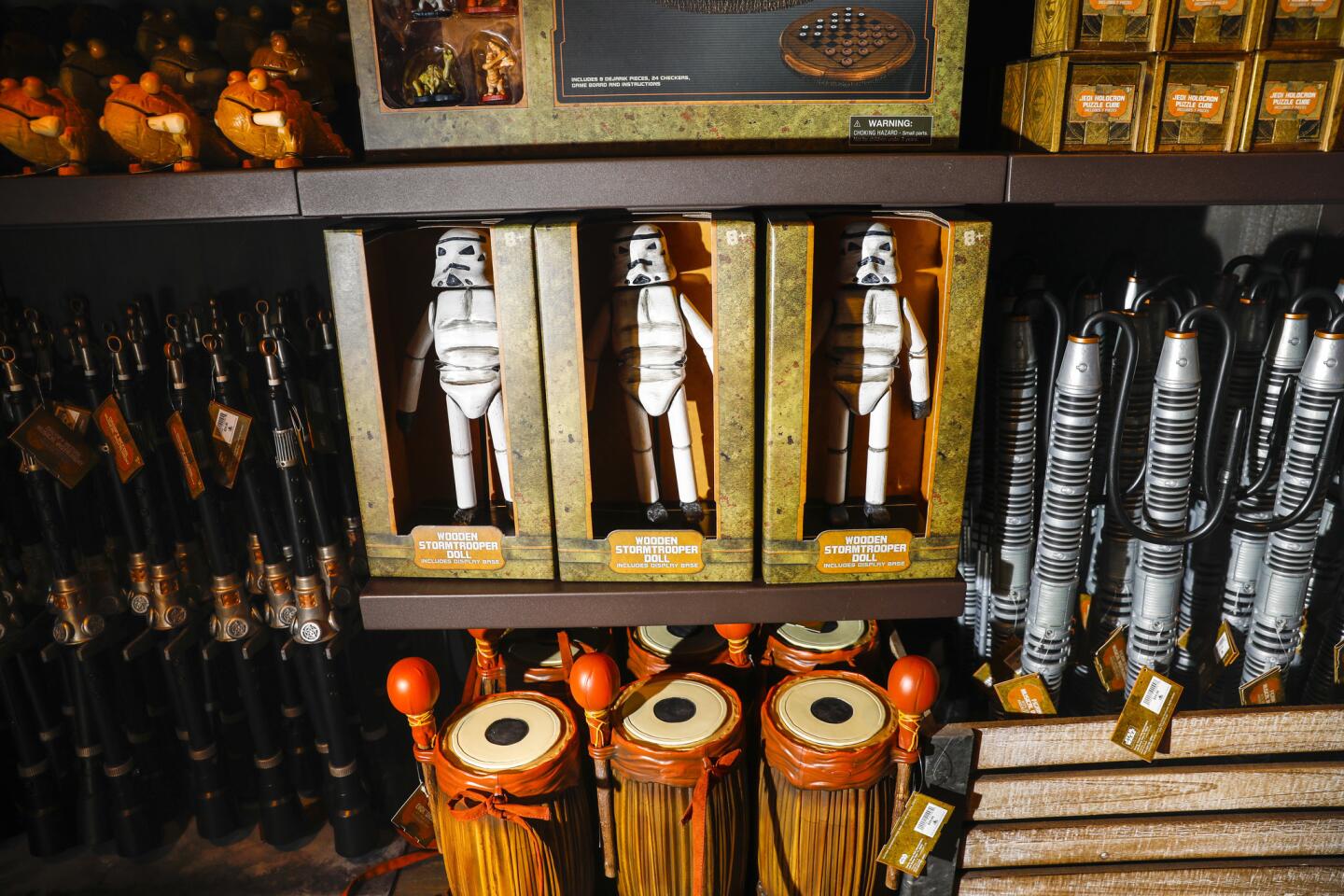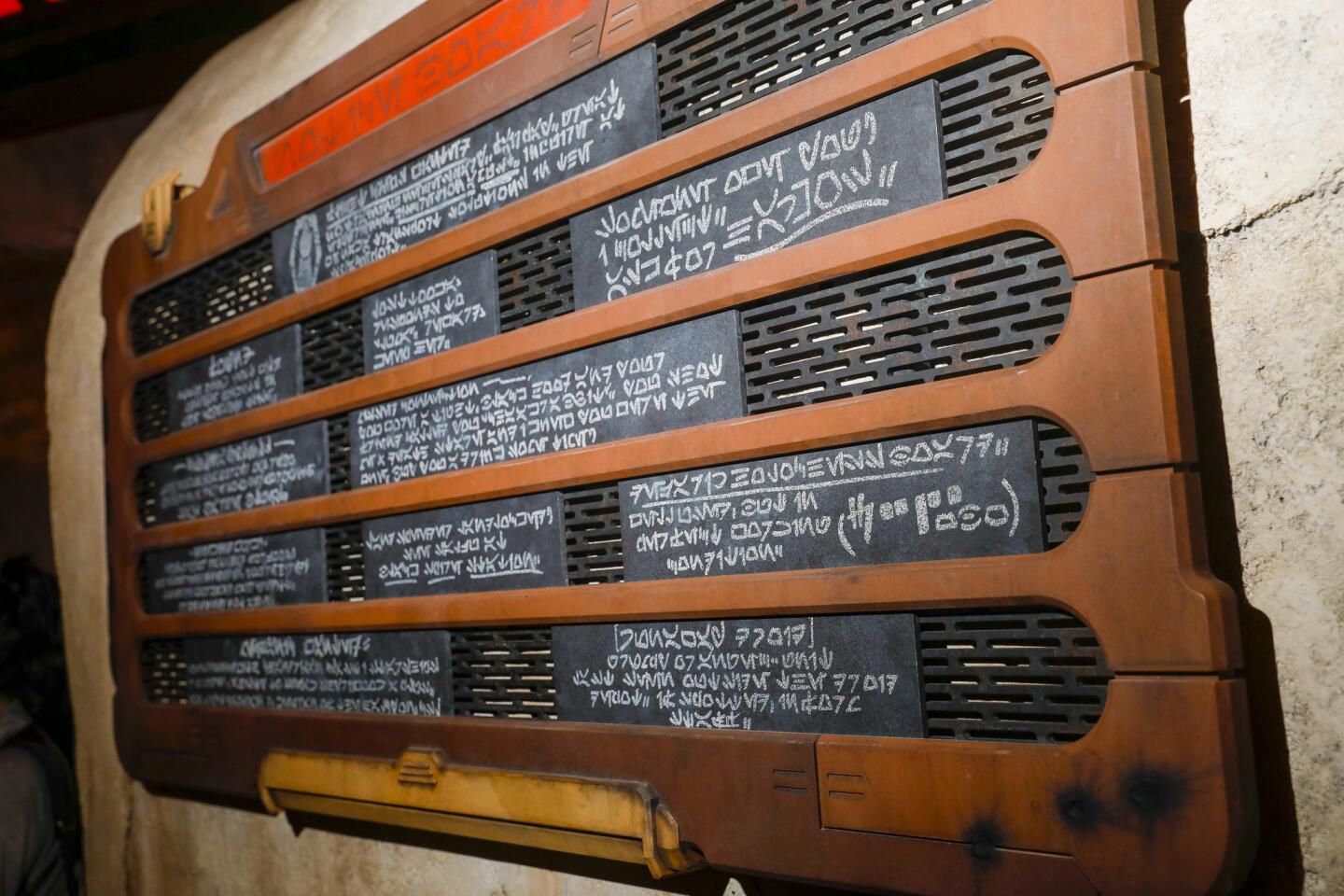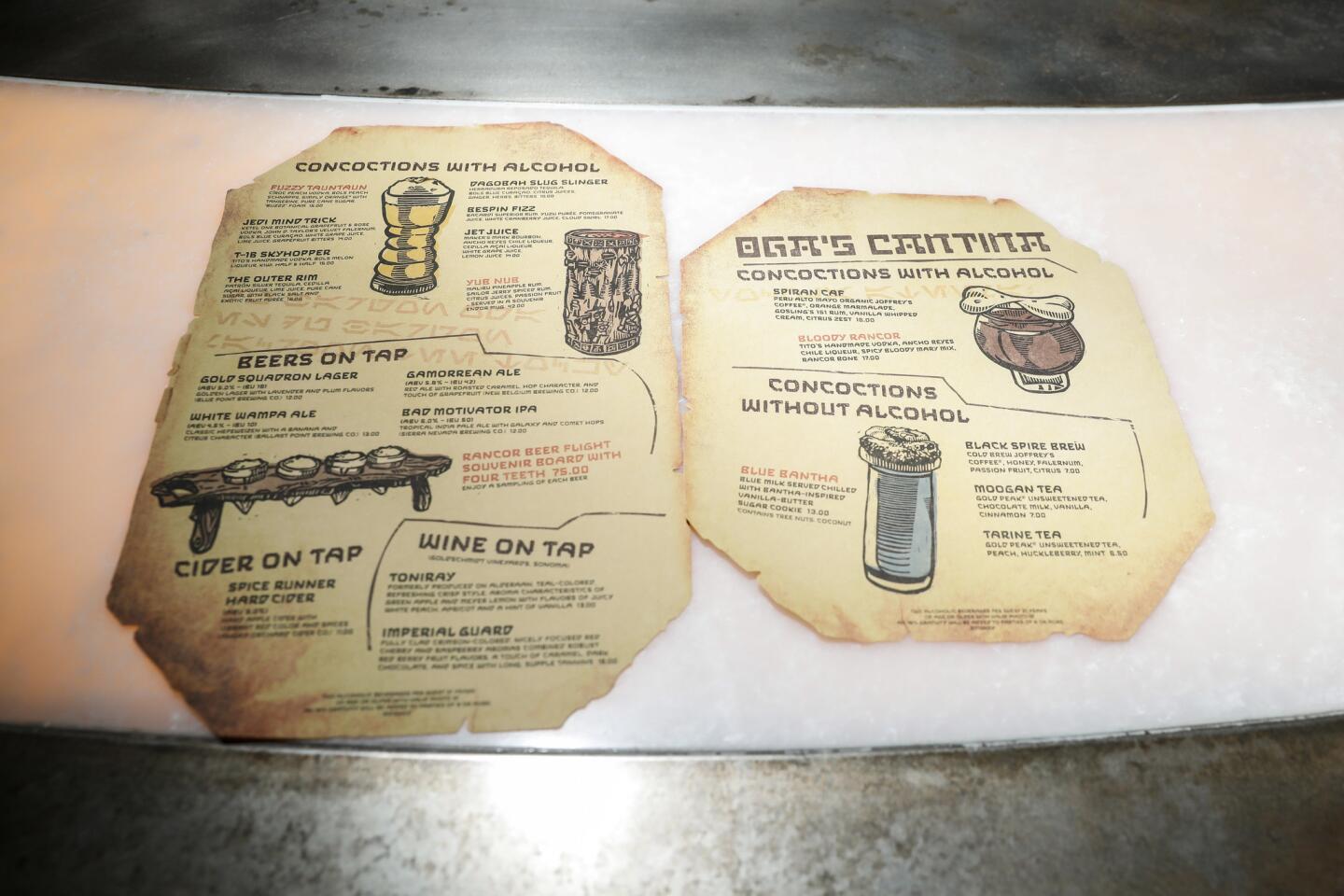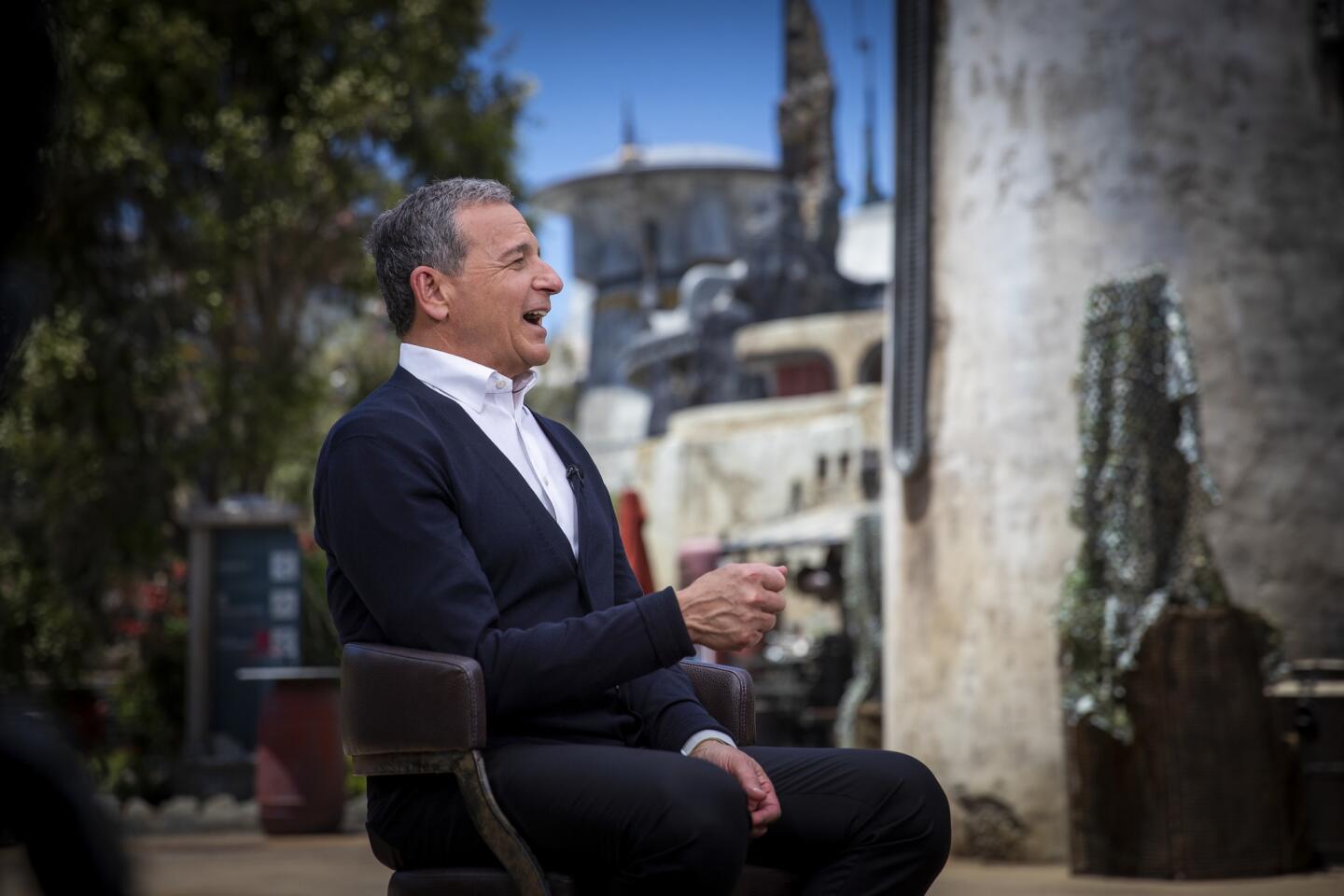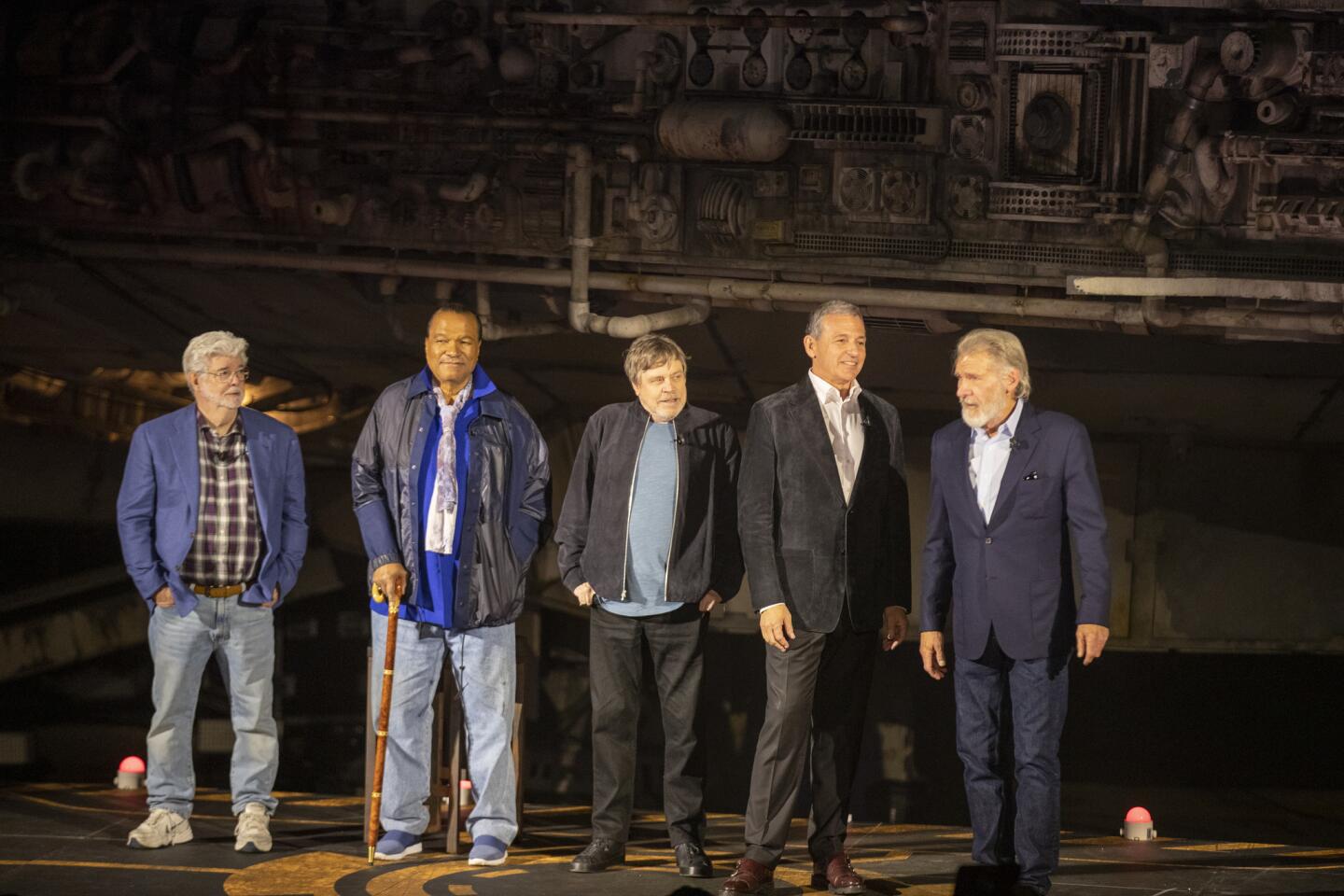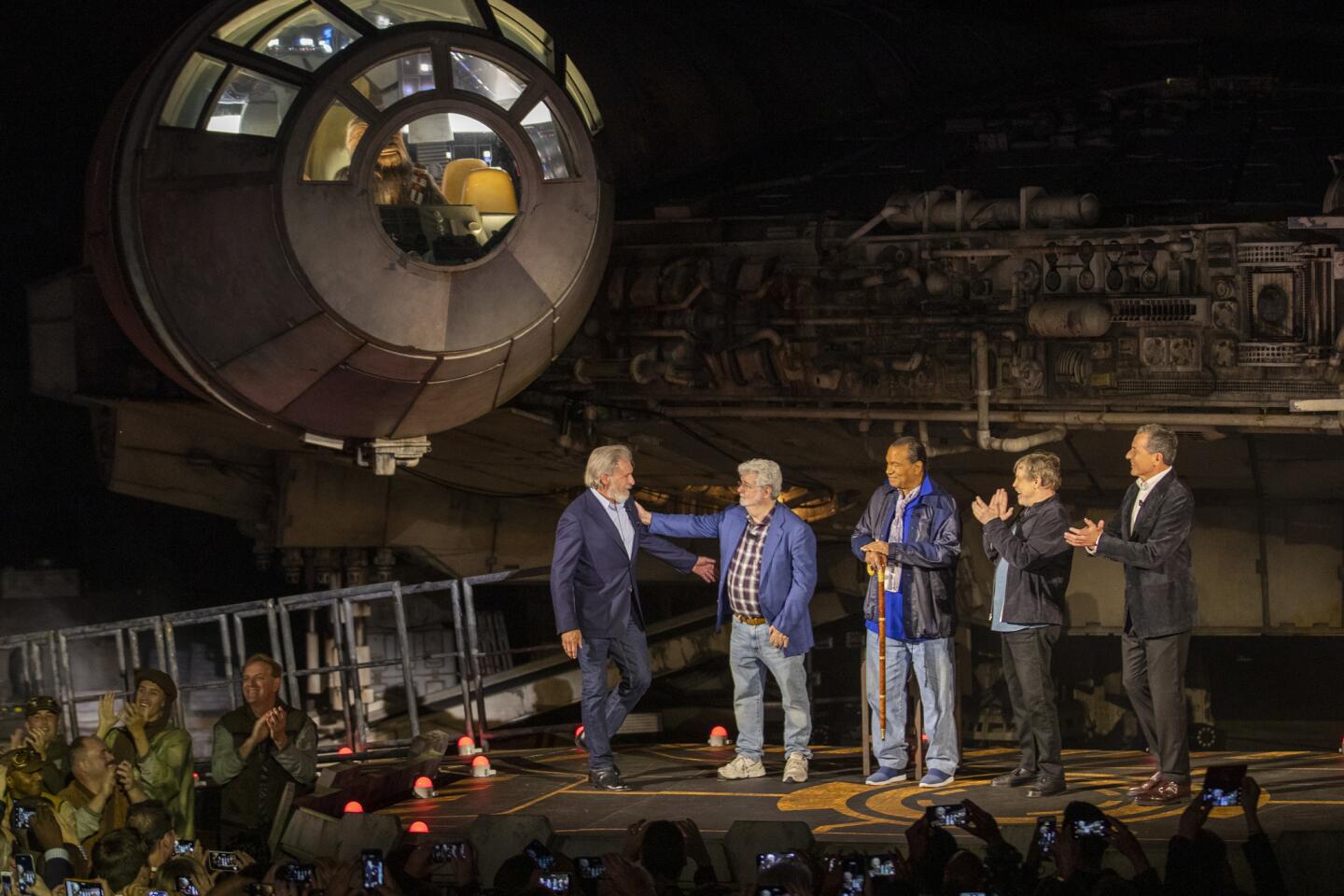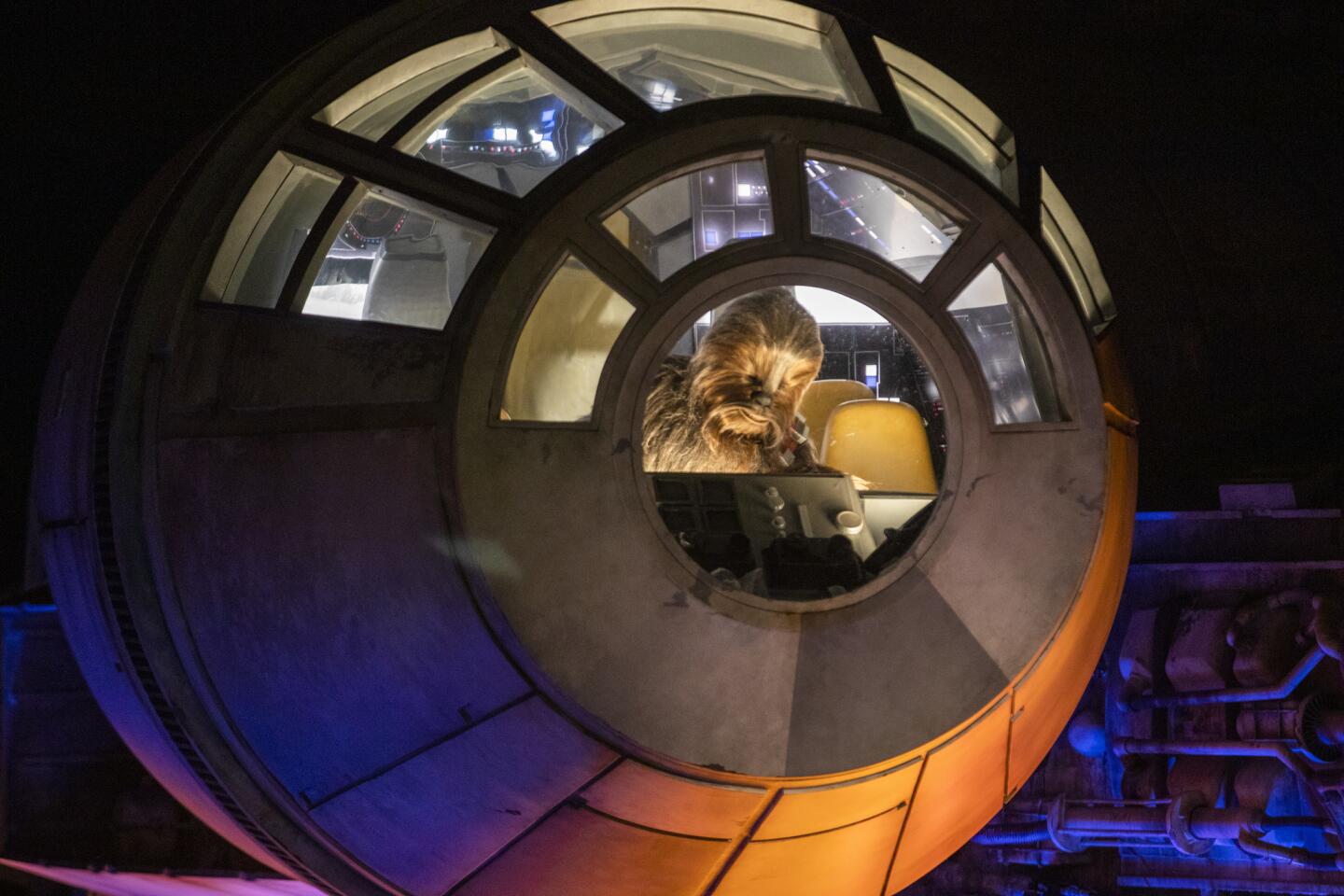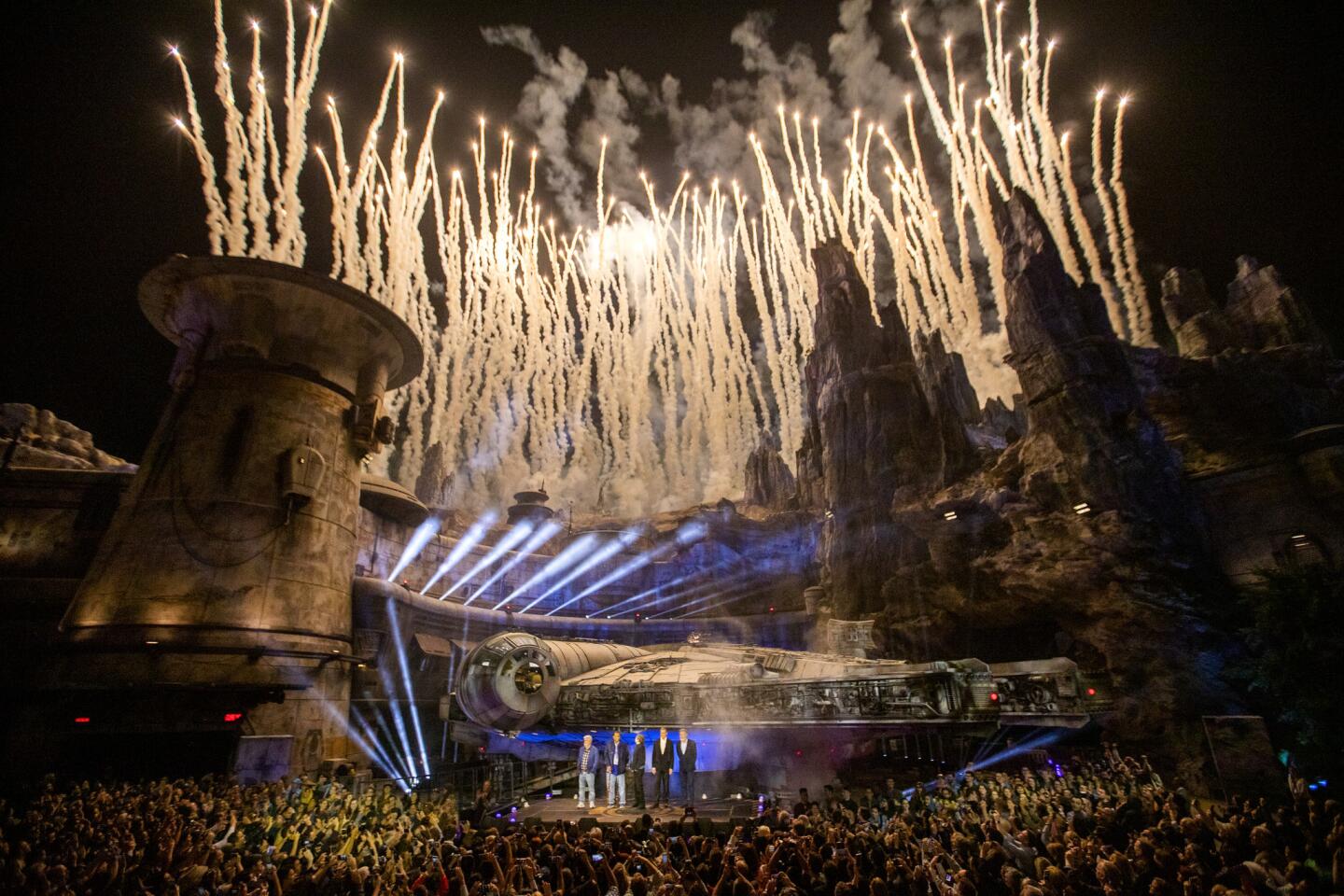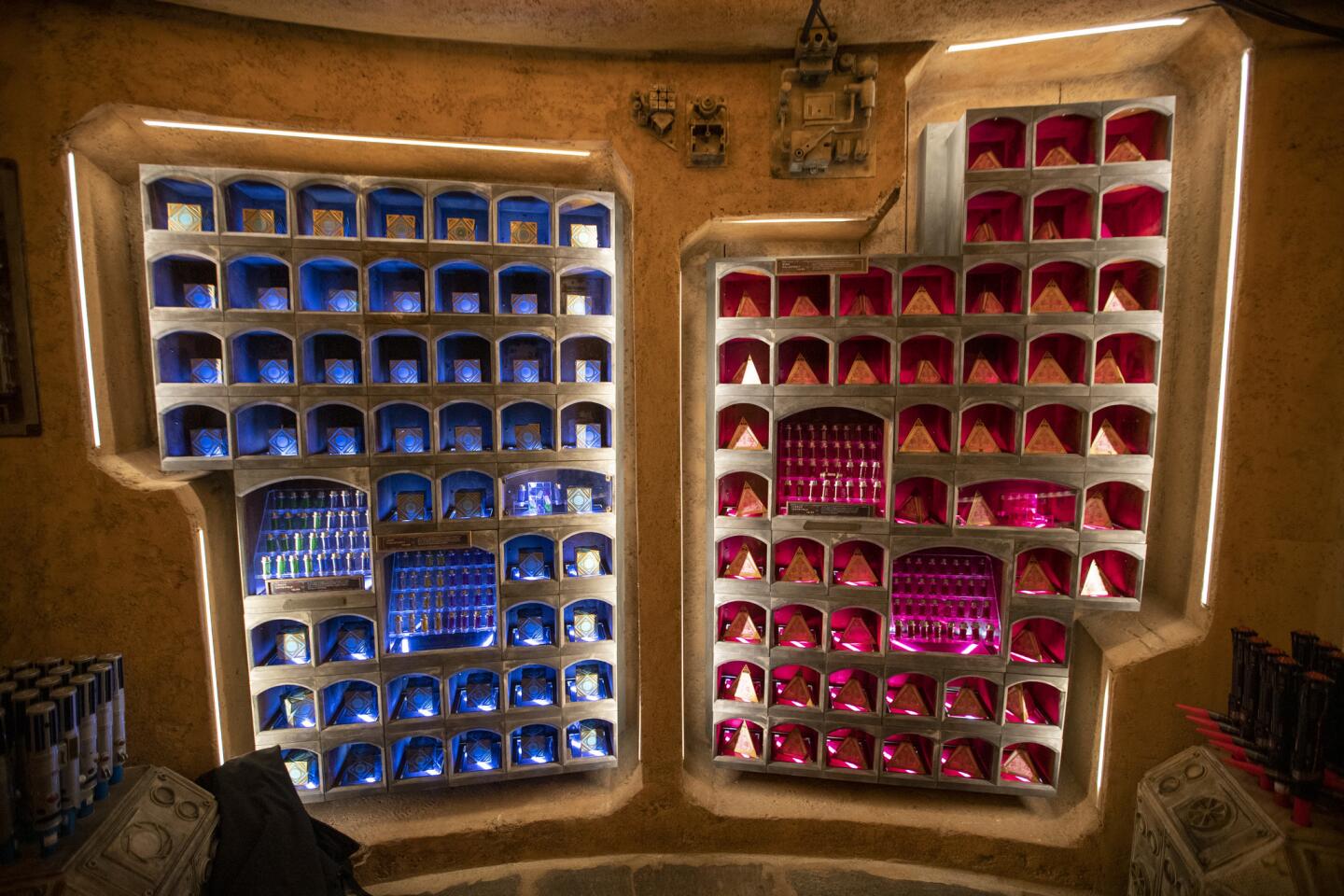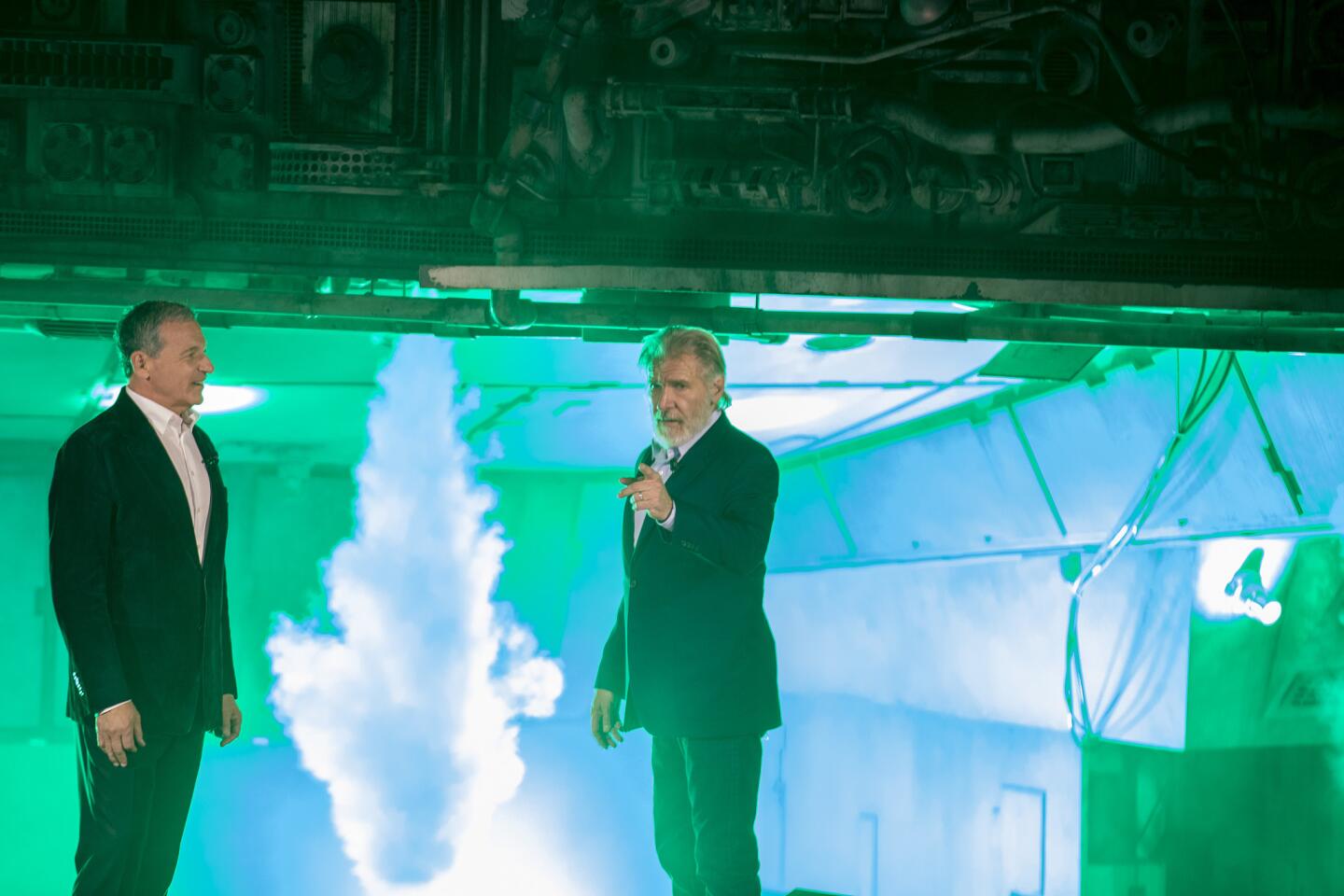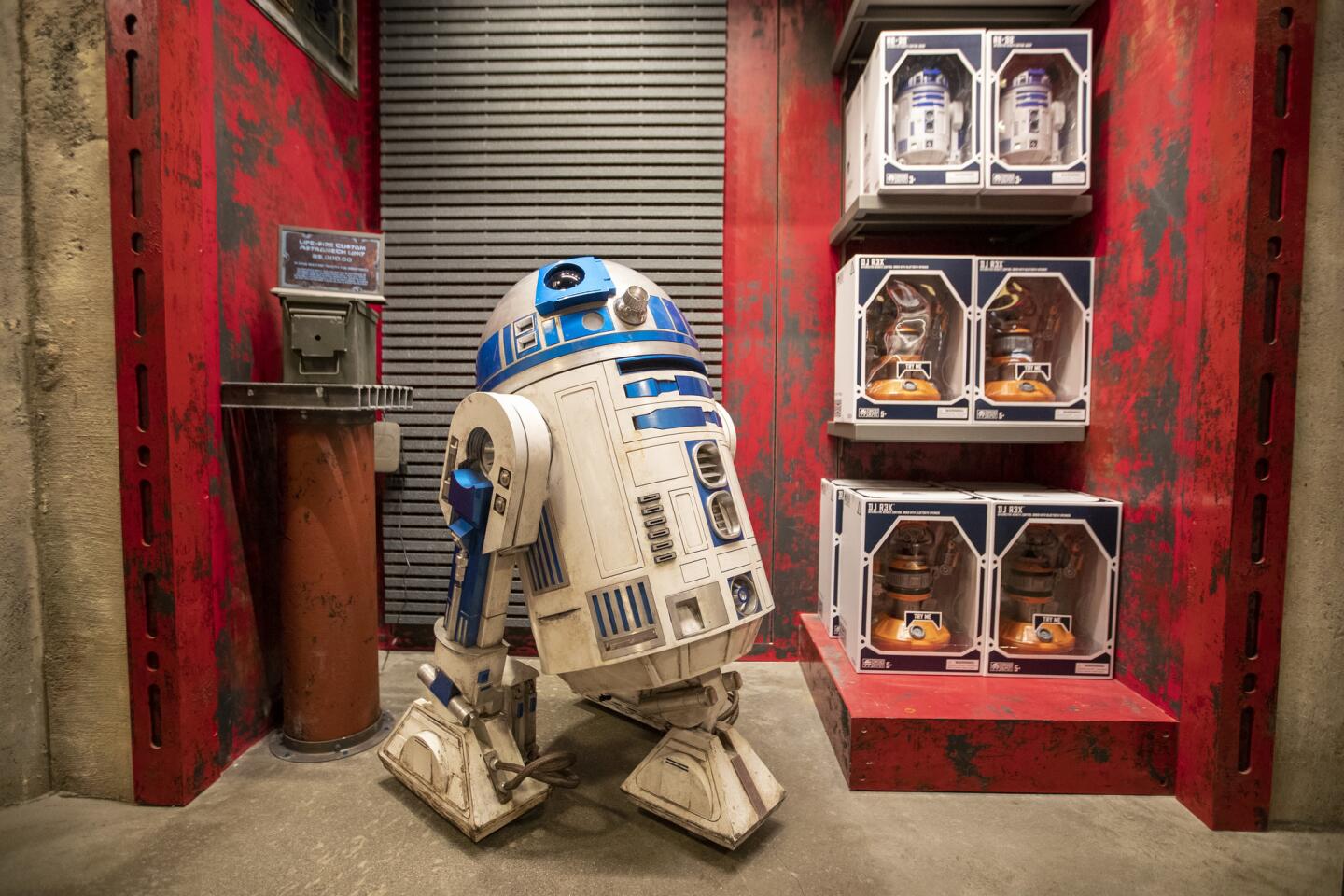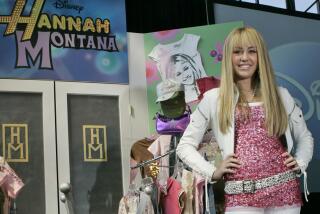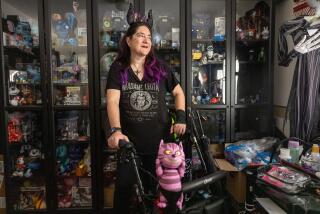Column: Why this avowed Disney ‘apologist’ finds it harder to believe in the magic of Disneyland
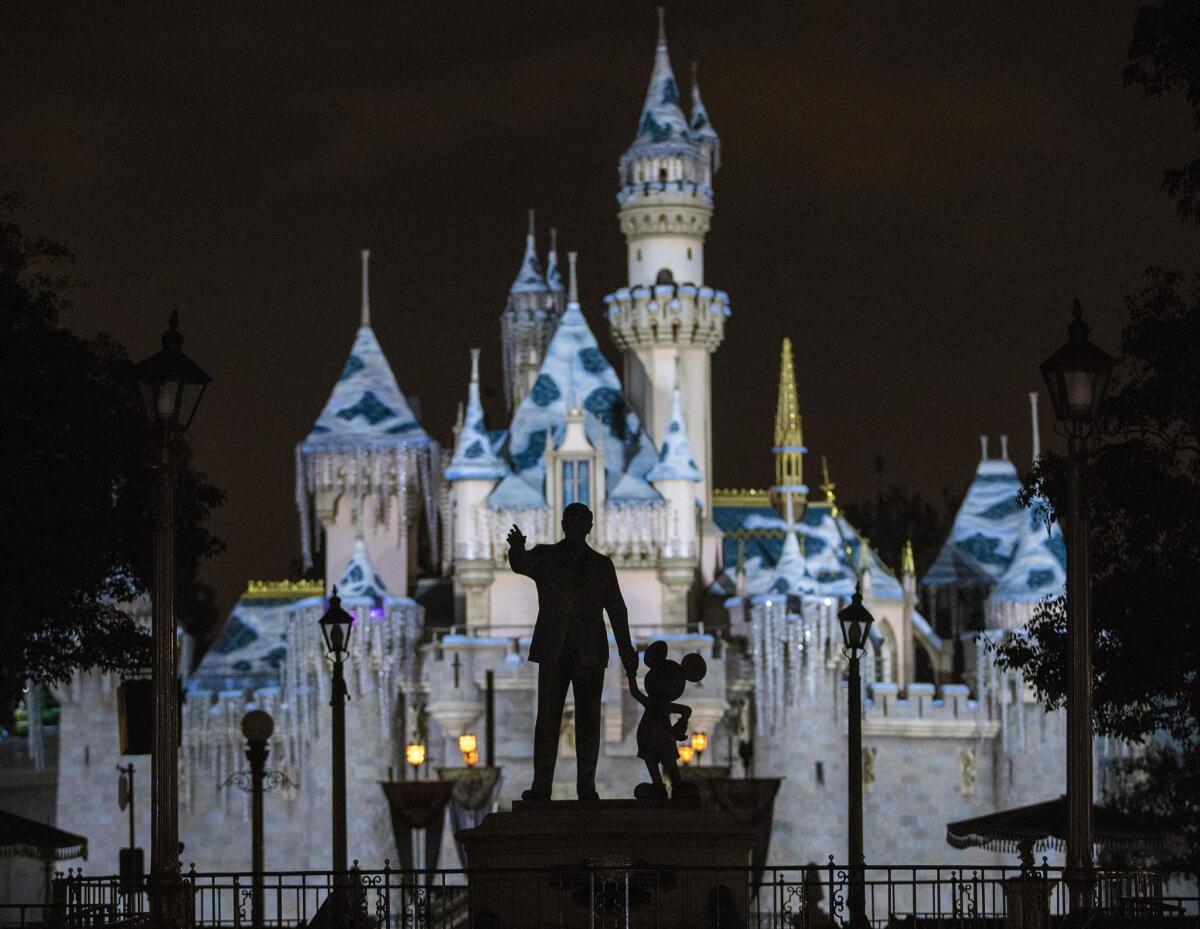
I have always been a Disneyland apologist.
When other parents claimed to avoid the park in protest of how Disney had created an ever-tightening net around childhood — the movies! The network! The radio station! The merchandise! — I said, “Why would anyone want to avoid going to Disneyland?”
For the record:
9:55 a.m. May 31, 2019An earlier version of this article misidentified Sleeping Beauty Castle as Cinderella’s castle.
When people despaired of the endlessly increasing price of admission, I agreed, but argued “crowd control.” When they complained about the near impossibility of even annual passholders making it out without dropping hundreds of dollars on meals, pins, sweatshirts, princess makeovers and recently, the time-saving MaxPass, I argued, “You can bring your own food, at least the merchandise is high quality and that MaxPass is the greatest thing ever invented.”
READ MORE -- Everything to know about Disneyland’s Star Wars: Galaxy’s Edge »
When Disneyland die-hards grumbled about the violence of Marvel movies and “Star Wars” changing the brand, I pointed out that the long-beloved Pirates of the Caribbean takes visitors through a burning, pillaged city that was only recently modified to erase evocations of sex trafficking, and that Star Tours and the “Indiana Jones” ride fit in with no damage done.
But every year, my arguments have become a bit more strained.
It’s not the fact that Disneyland and California Adventure tickets have become so expensive that any local who wants to go more than twice a year feels financially obligated to buy at least a SoCal pass, which is then blocked out for much of the year.
It’s not that the merchandising is out of control (the $75 mini-backpacks, the $300 wallets and next up, couture Mouse Ears). It’s not even the fact that Disney claims to have concerns about crowd control while still unleashing annual scorched-earth marketing designed to make every parent feel like a complete failure if she hasn’t booked at least one Disney vacation.
It’s because the company seems so ruthlessly bent on multiple-market, and possible world, domination.
I’m not talking about how a SoCal icon — inspired by the Griffith Park merry-go-round — has become a full-fledged international vacation industry with a Disney park in six cities and an ever-growing armada of cruises that I frankly wish I could afford to take.
I’m not even talking about how Disney theatrically remade Broadway into a land of film adaptations (I still have my son’s “My first musical” “Lion King” T-shirt) or how its vision of Main Street influenced so many outdoor commercial spaces, including Times Square, to the detriment of actual Main Streets throughout the country — there is no public space that cannot benefit from a bunch of yellow and purple pansies.
I’m talking about the increasing monopoly it has on the entertainment industry and, by extension, American culture.
Even in the post-Donald Trump landscape, the notion that Bob Iger could consider launching a presidential campaign from the position of being Disney CEO (even though he says he won’t) should give everyone pause.
What does this have to do with Disneyland itself? Well, like it or not, the self-proclaimed Happiest Place on Earth remains the sigil of the Walt Disney Co., the physical epitome of the company’s original mandate: to make dreams come true through its own unique brand of magic.
So how do you square the image of enraptured families spooning up delicious Dole pineapple whips with a company that just bought Fox Studios, apparently for the purpose of owning its library, shutting it down and firing many if not most of its employees?
How do you enjoy the park’s celebration of so many movies knowing that actual theater owners, already under siege by digital disruption, are now worried that Disney will demand a higher percentage of box office receipts simply because it can?
How do you pay for that $8 hot dog (a price increase offset by an obligatory bag of chips) knowing how hard Disney has fought against Anaheim’s living wage initiative?
Or bask in the signature friendliness of hardworking park staff knowing that the company pays its executives so much more than its workers — and that even Roy Disney’s granddaughter (and Walt’s grand-niece) publicly denounced the company for paying CEO Iger an “insane” amount of money ($65.6 million in 2018) and that the wage gap between his salary and the average worker is almost 1,500 to one?
Of course Disneyland, and Disney Studios, were always big business, and the tension between Walt’s vision of a place where families can experience magic together and his desire to run a big profitable company began long before construction even began. The wonderful and underappreciated “Saving Mr. Banks” tells the story of how the creator of Mary Poppins long refused to sell Disney the rights to her stories because, to her, Walt reeked of commercialism and Disneyland was a place full of machines designed to make money. (And that was back when admission was a dollar and you paid only for the rides you went on. Lord only knows what P.L. Travers would make of Disneyland now.)
Obviously, Disney makes superior products and is entitled to charge what the market will bear. But the rapid spread of the Disney vision over so many different properties, which even before the Fox acquisition included ABC, ESPN, LucasFilms and Marvel, is disturbing.
Months after announcing the creation of its own streaming service, Disney, which already had controlling interest in Hulu, took full operational control. Whether it, like Fox 2000, will be shut down or, as Disney spokespeople have said, allowed to operate with some autonomy, remains to be seen. Just as it remains to be seen what kind of creative influence Disney will exert over those former Fox properties that were not dissolved, including FX and Fox Theatricals.
Disneyland, meanwhile, is poised to become even more popular than ever with the opening of the highly anticipated and no doubt fabulous Galaxy’s Edge, a 14-acre land based in the “Star Wars” franchise.
The fact that the biggest single-theme addition to any Disney theme park ever was conceived as an abandoned trading post, a place of intergalactic commerce brought back to life with two highly ambitious rides and lots of shops, is, when you think of it, very fitting. Why would Mickey be content with being the mouse that rules the world when he can have the universe?
It’s impossible not to look forward to its opening, just like it’s difficult for many of us not to look forward to a day at Disneyland. The Disney brand is like no other, magical in that its products continue to change and grow while never surrendering quality — and people continue to pay for and appreciate both.
We go to Disneyland to forget our troubles, even for just a few hours, to leave all the problematic issues of the real world behind while we recapture a childhood belief that pirates are cool, flowers can sing and churros are healthy snacks.
Looking at the statue of Walt and Mickey, with Sleeping Beauty Castle shimmering behind, we all want to believe. But with every year, and every new acquisition, battle and revelation, it gets a bit harder.
ALSO — My sordid Disneyland past: Confessions of a Magic Kingdom popcorn man »
More to Read
The biggest entertainment stories
Get our big stories about Hollywood, film, television, music, arts, culture and more right in your inbox as soon as they publish.
You may occasionally receive promotional content from the Los Angeles Times.
